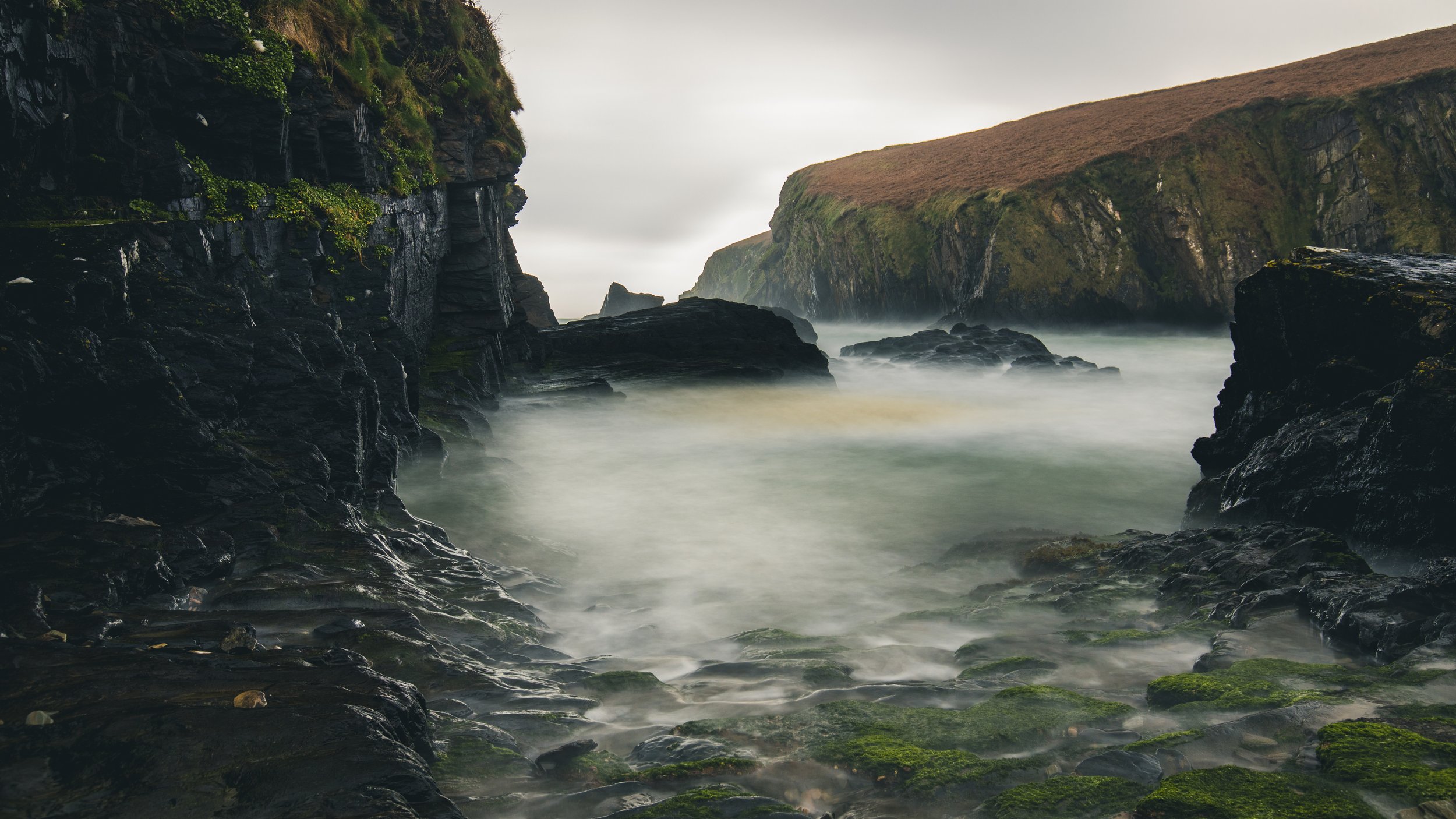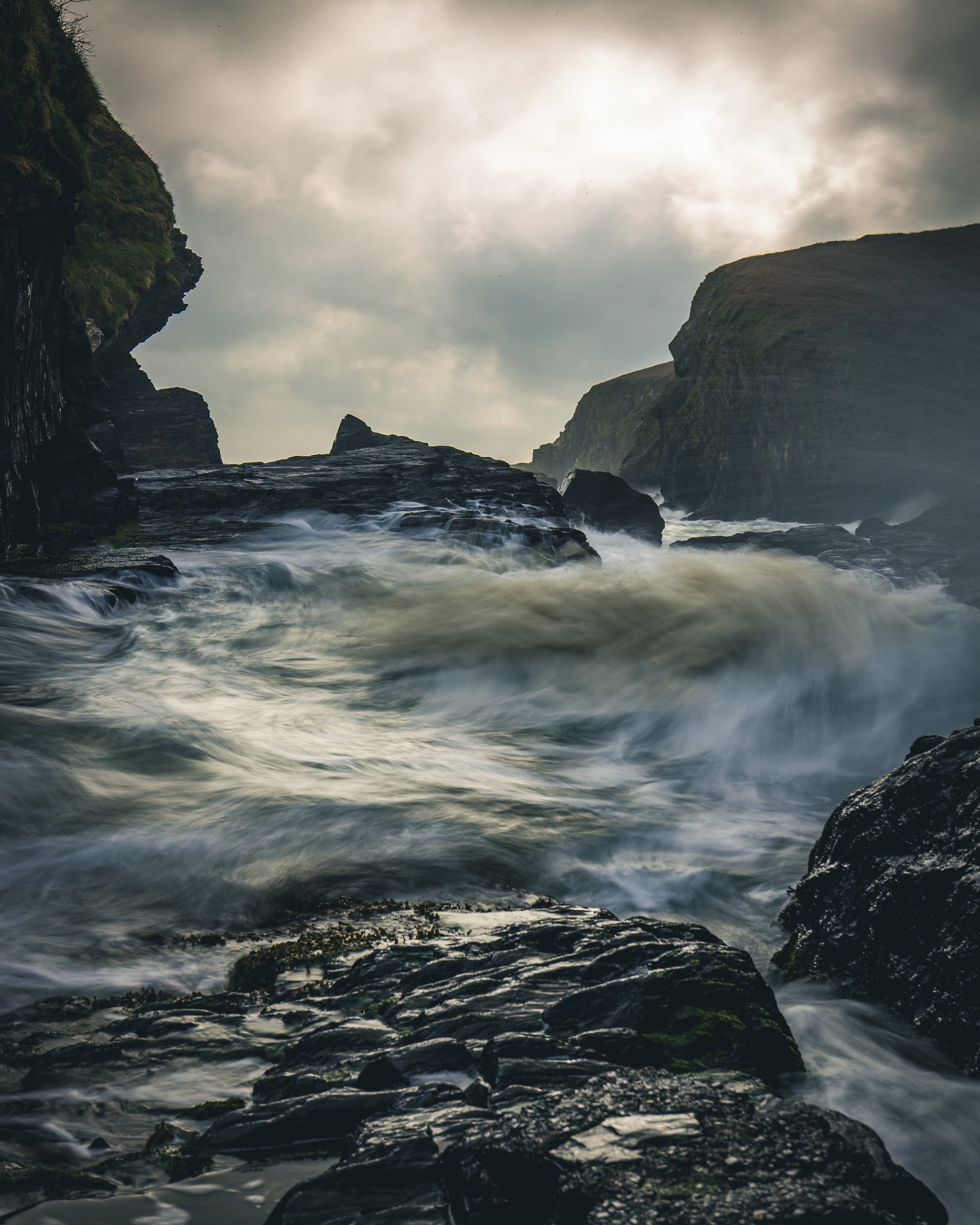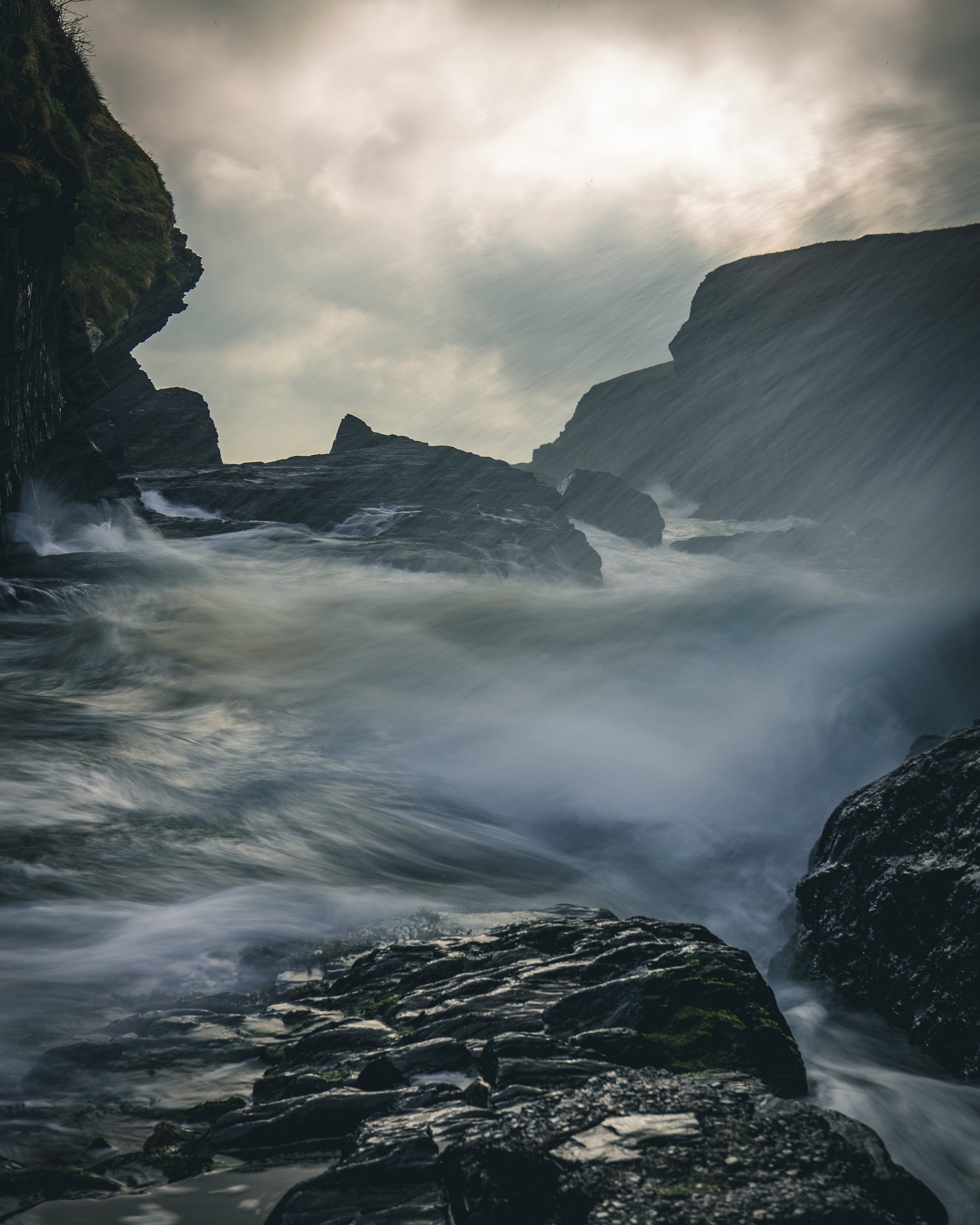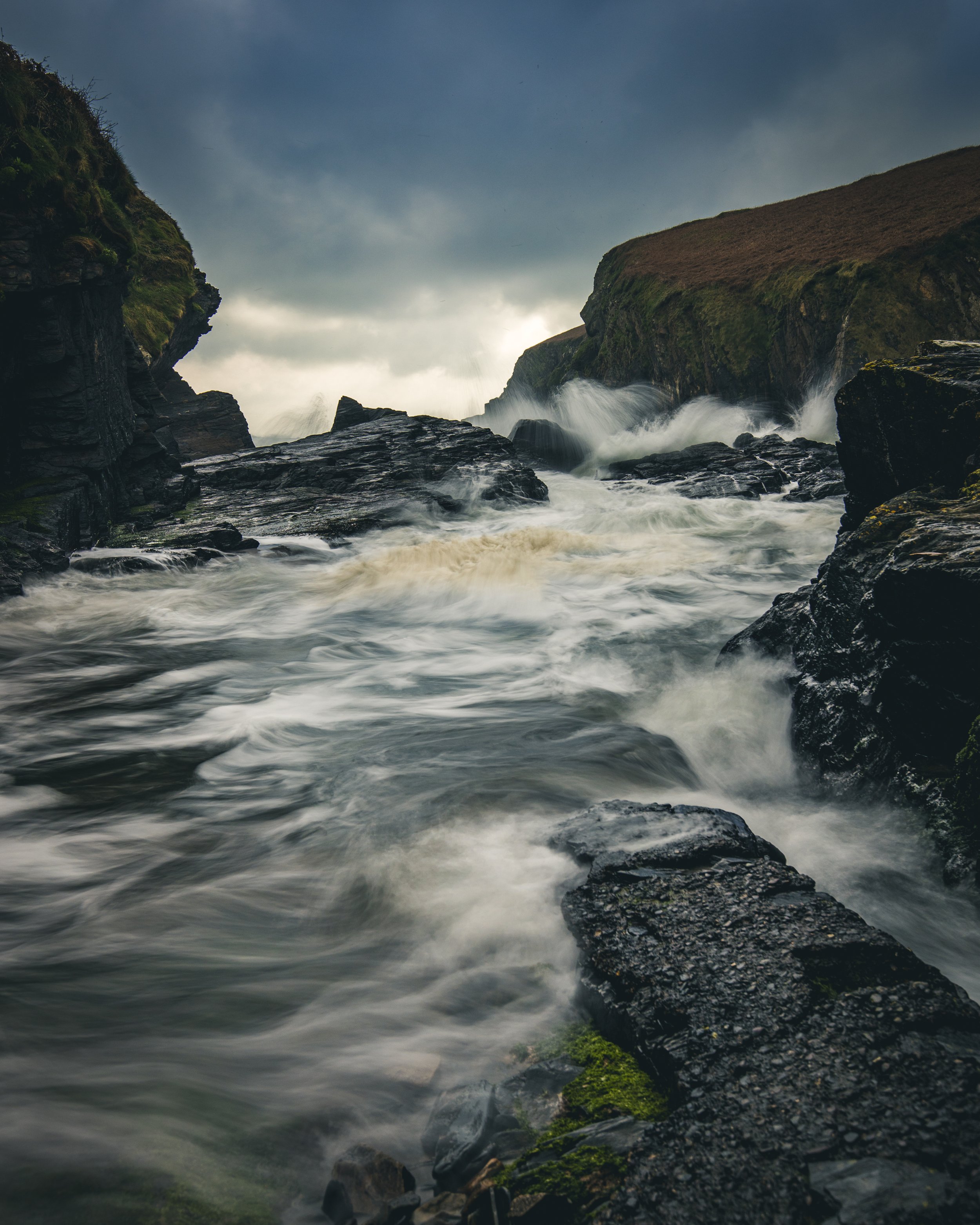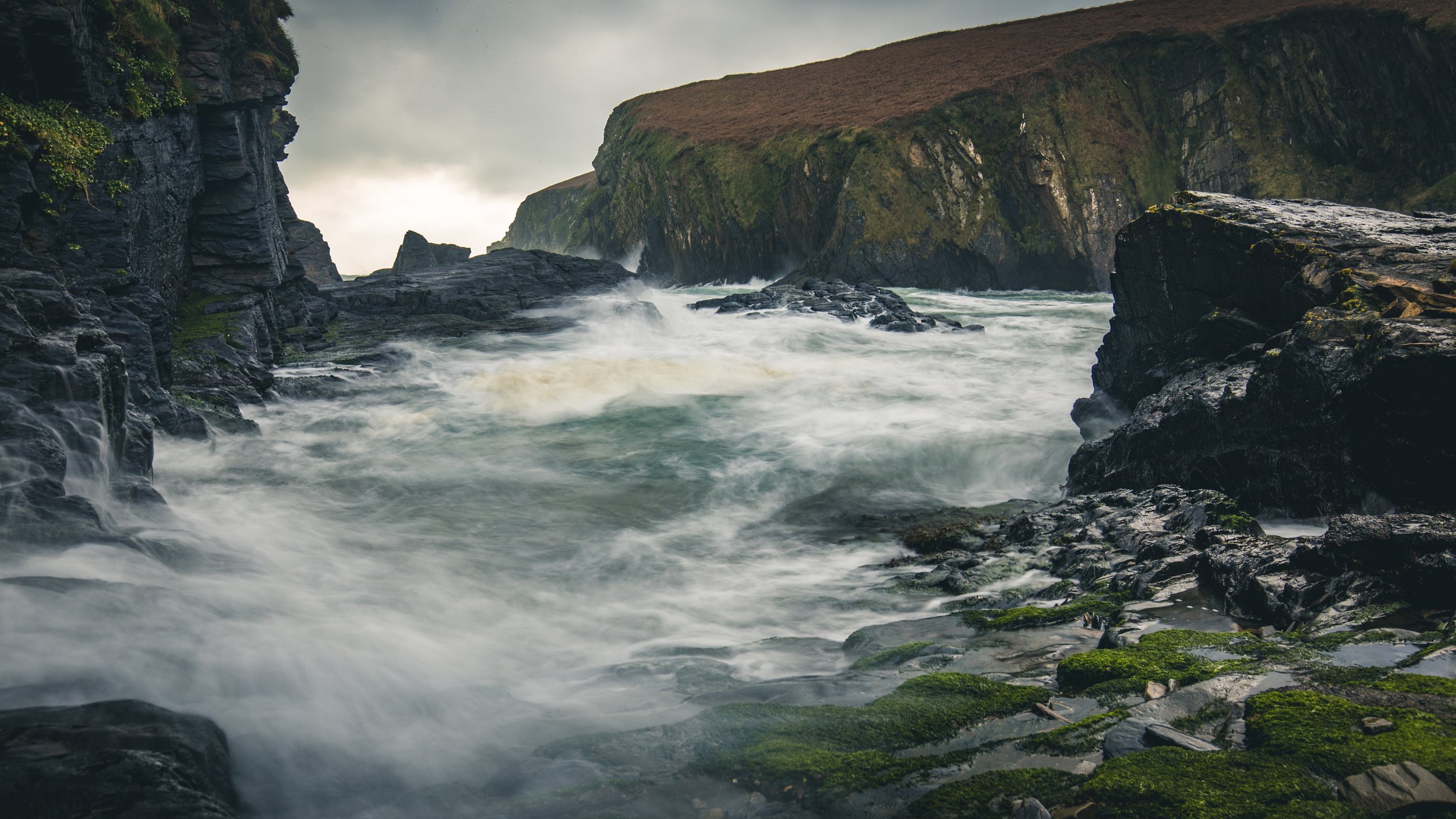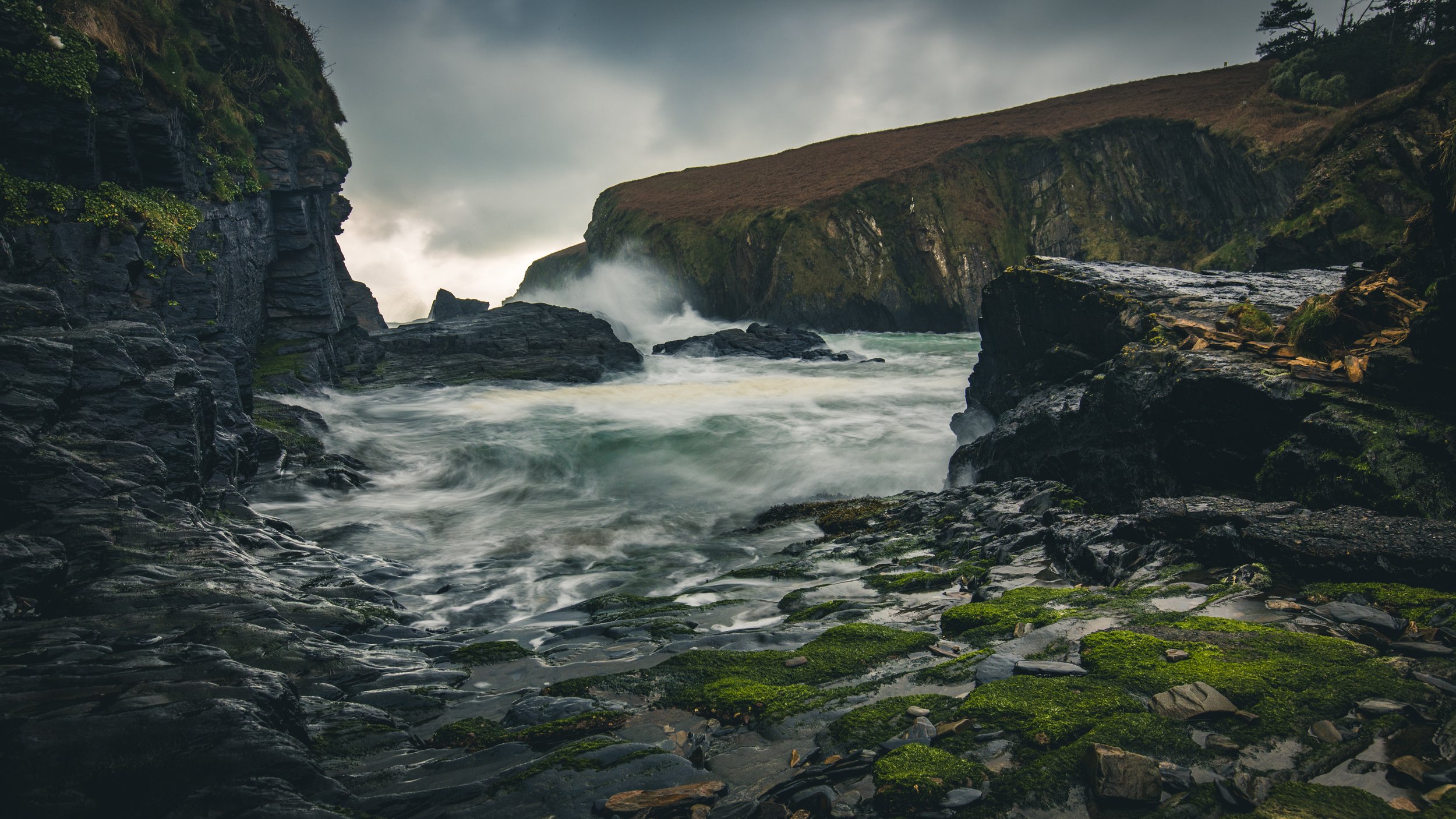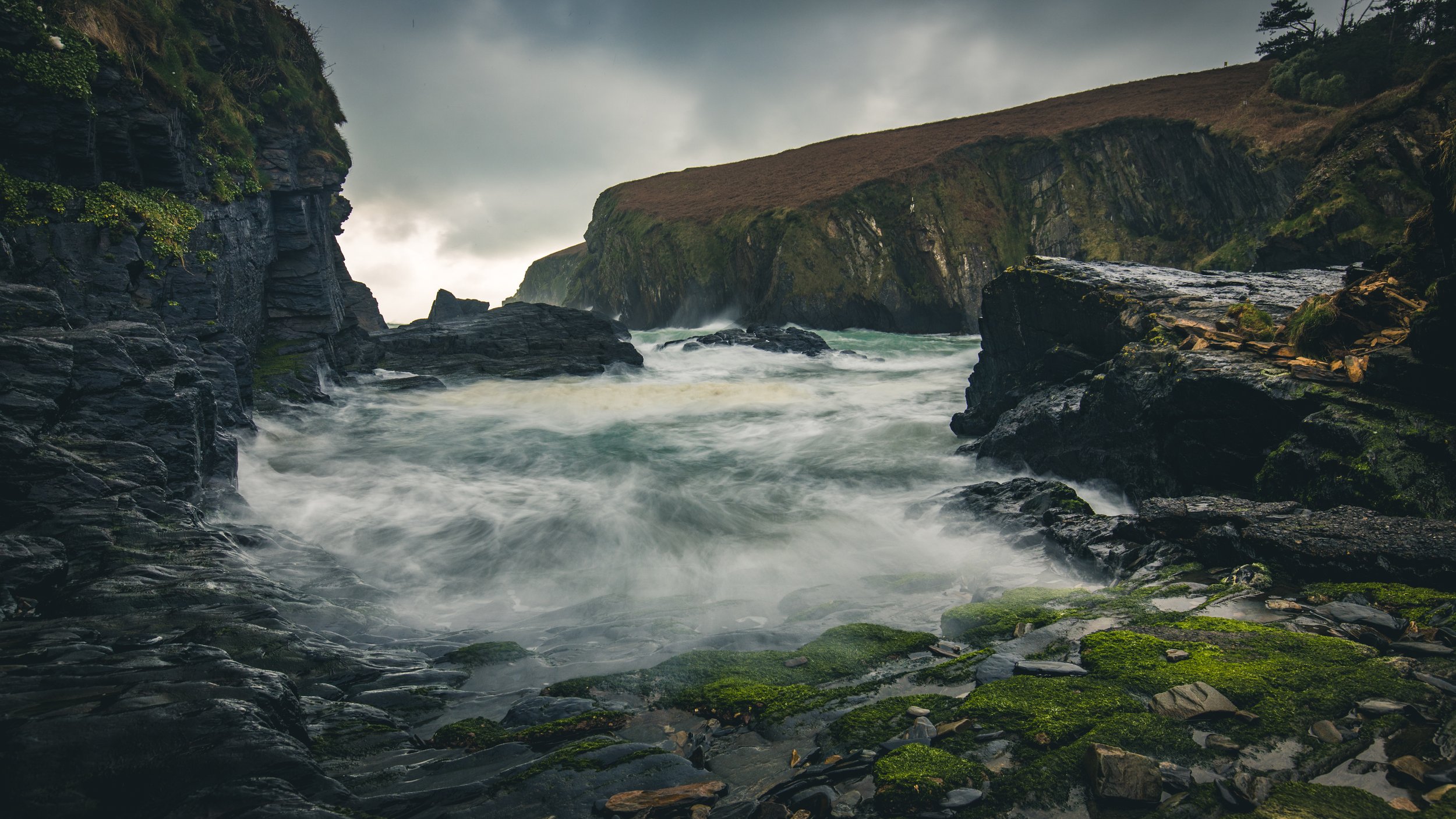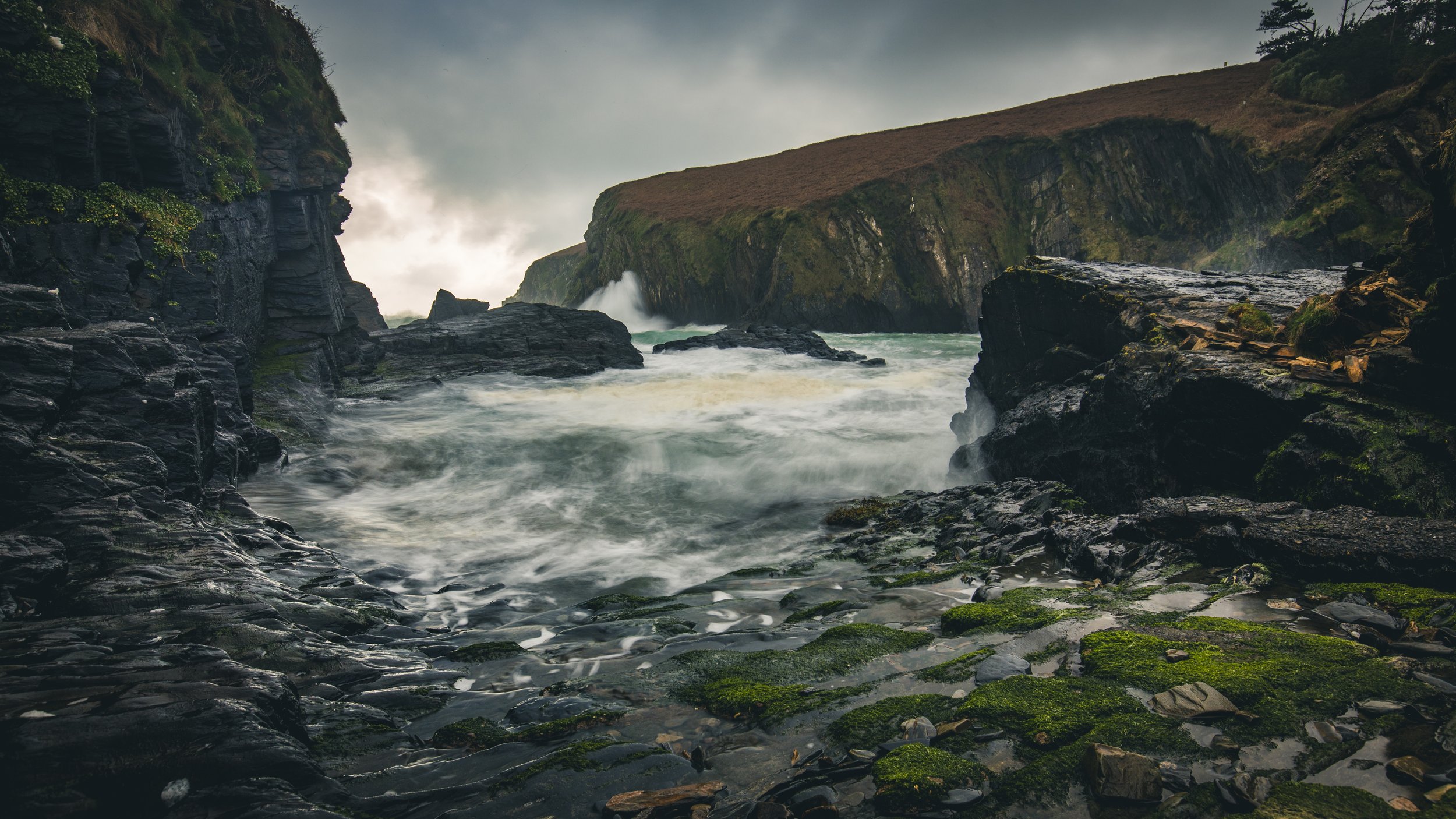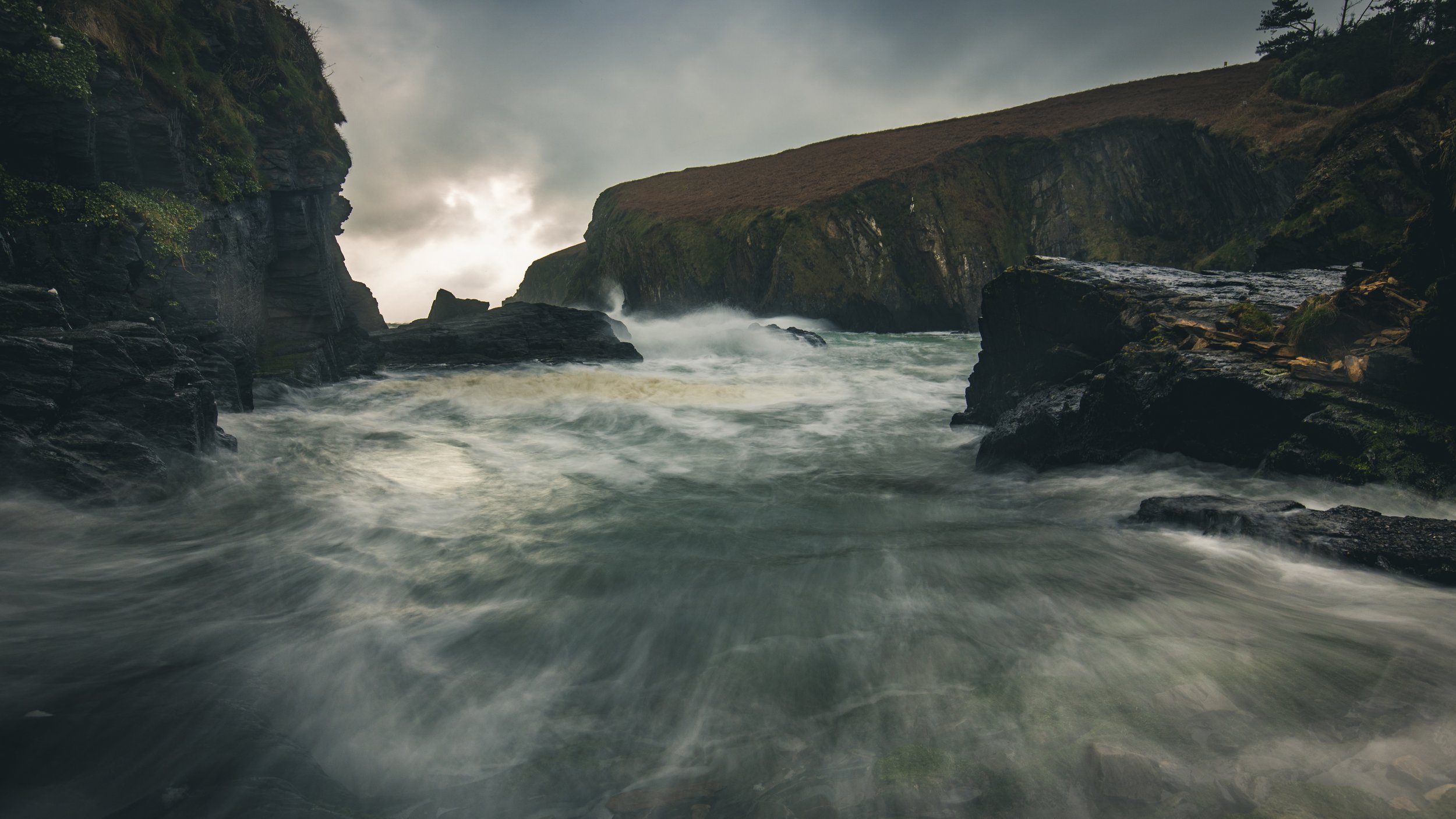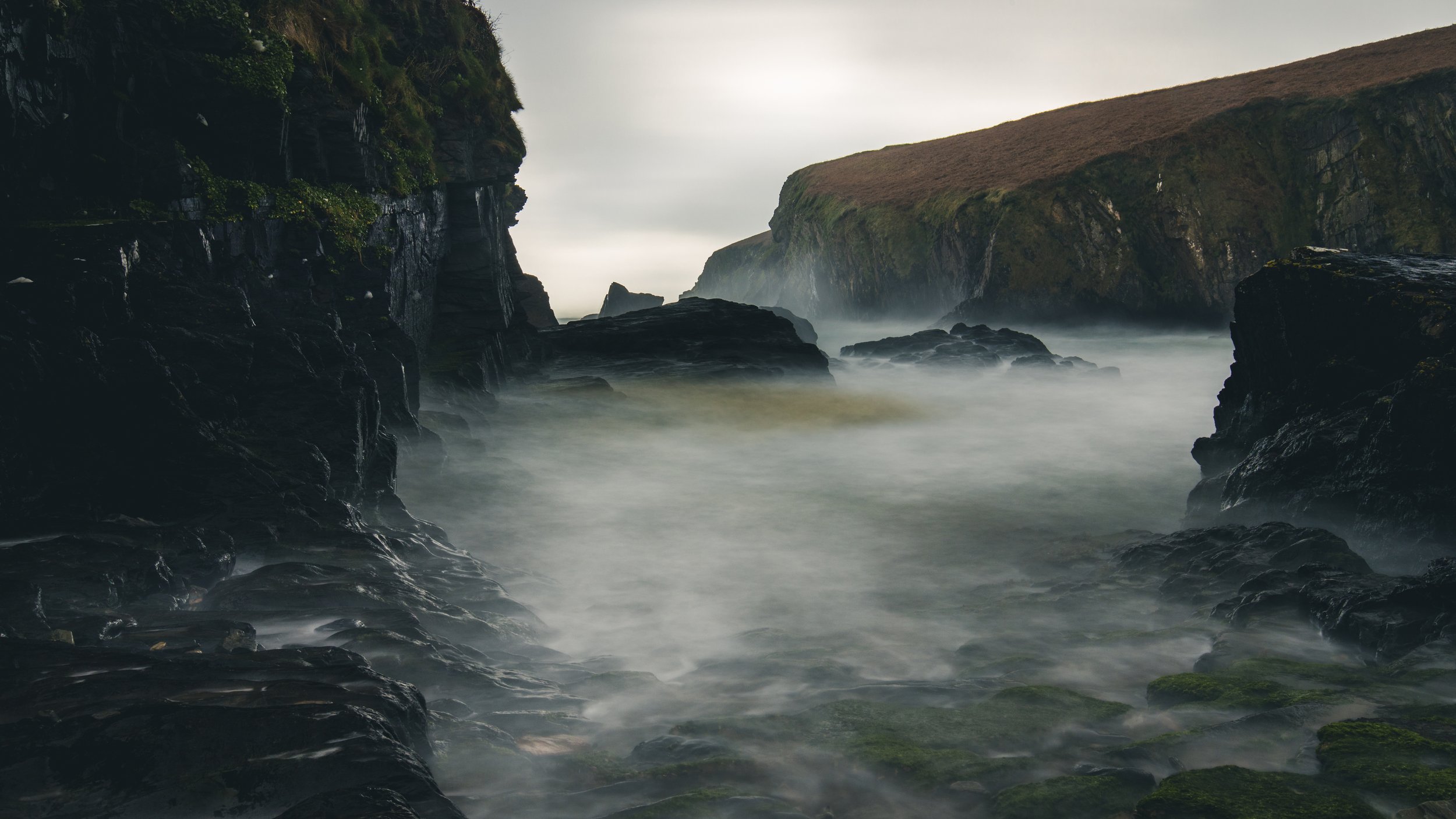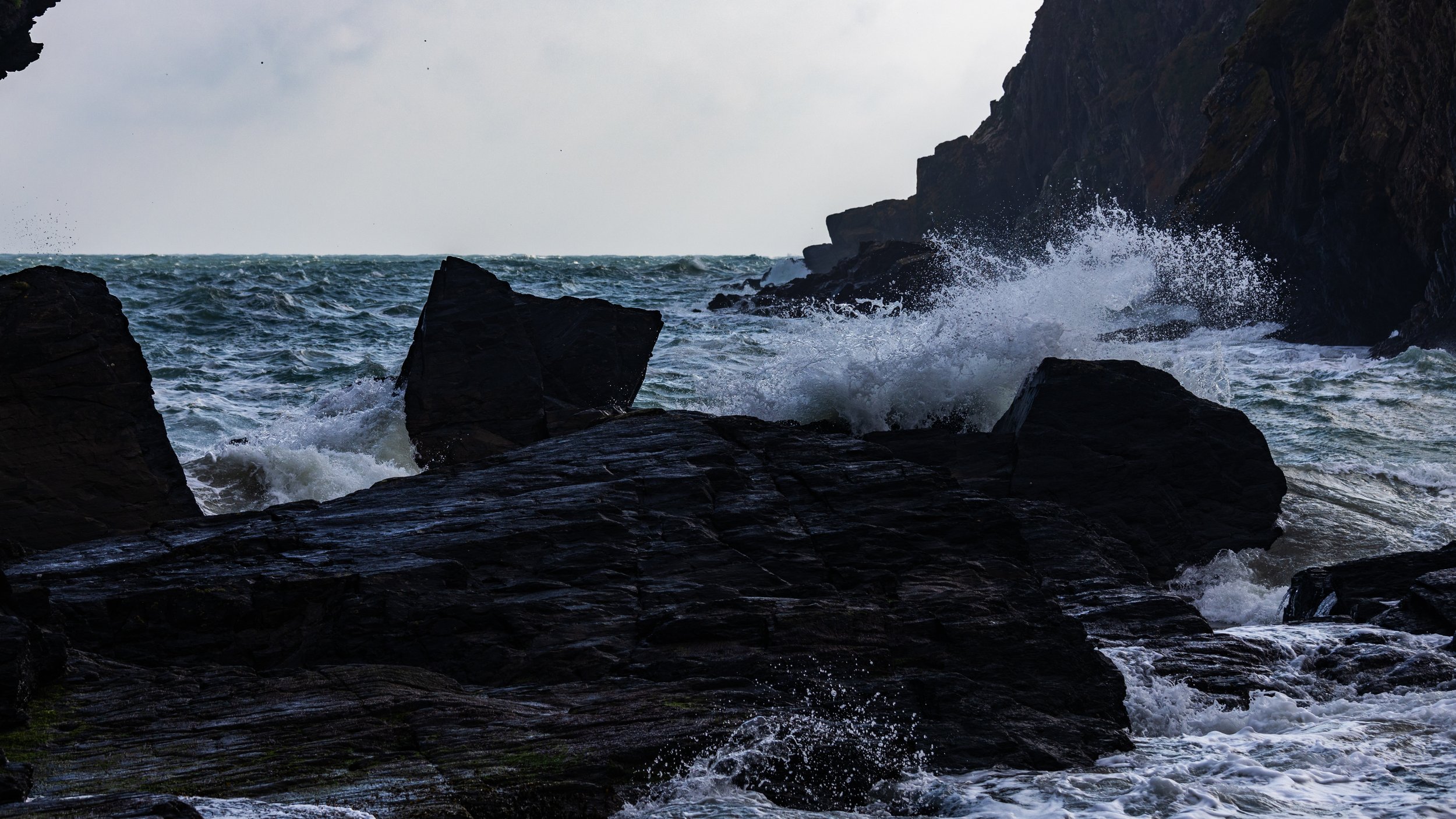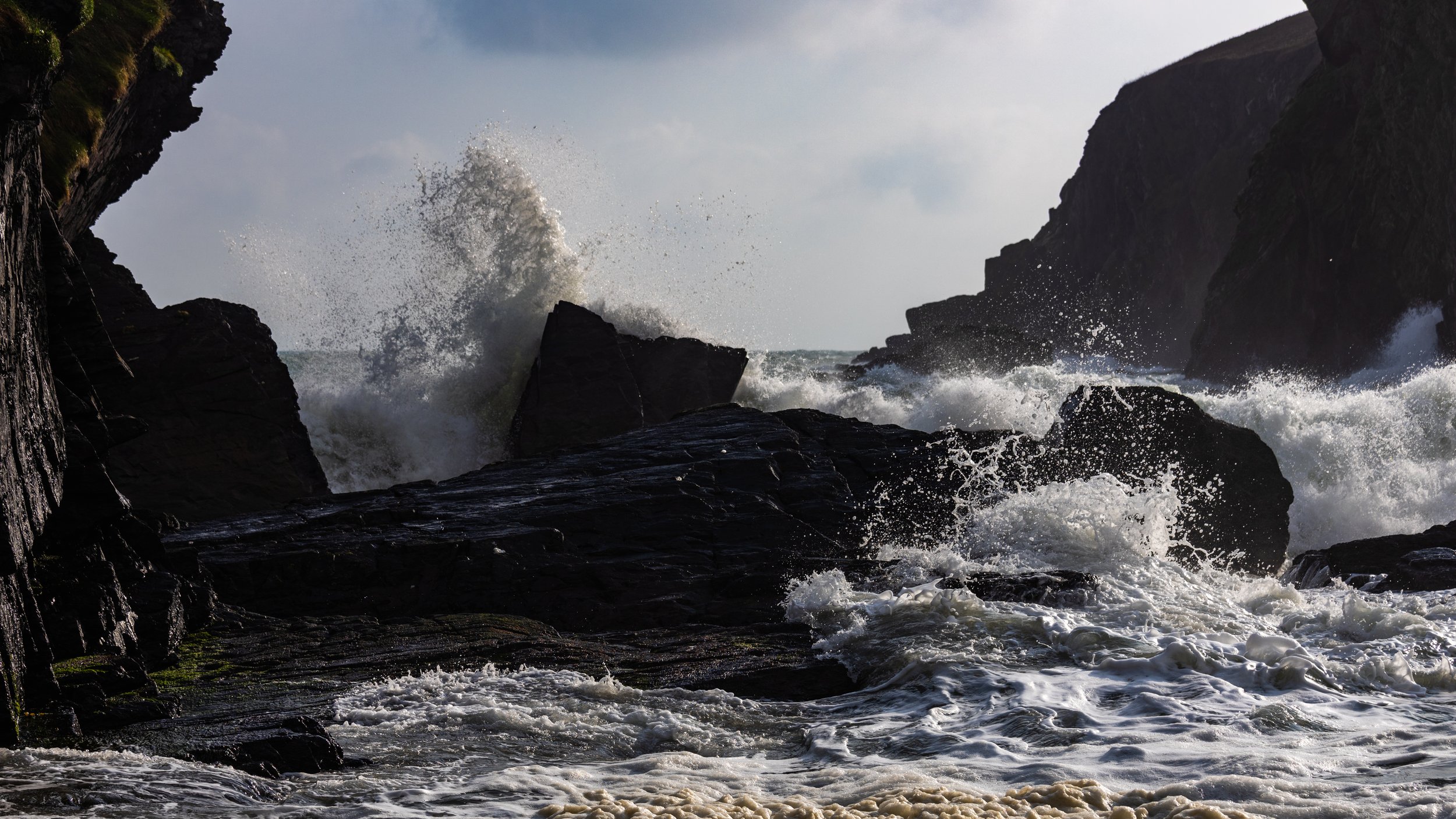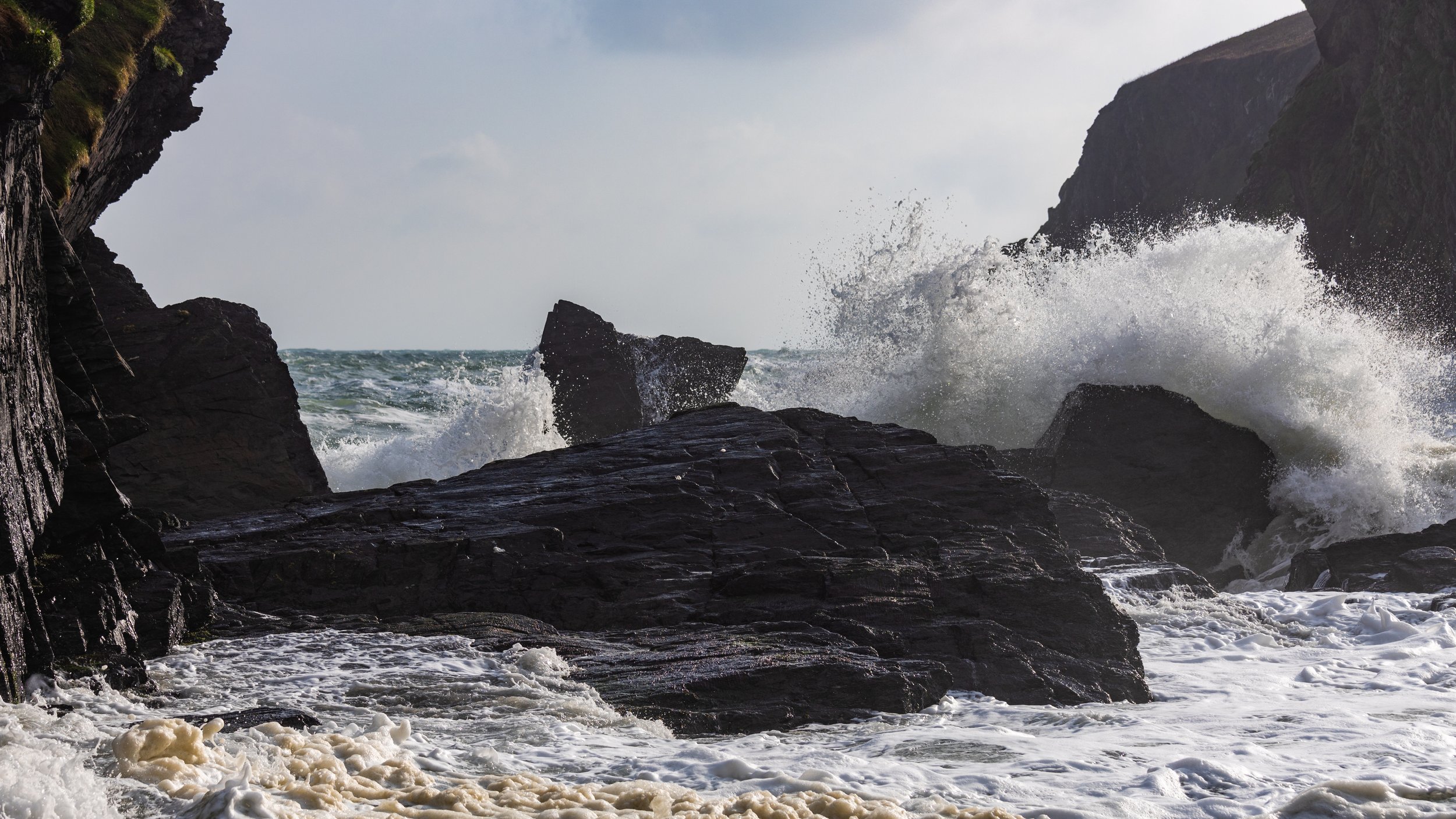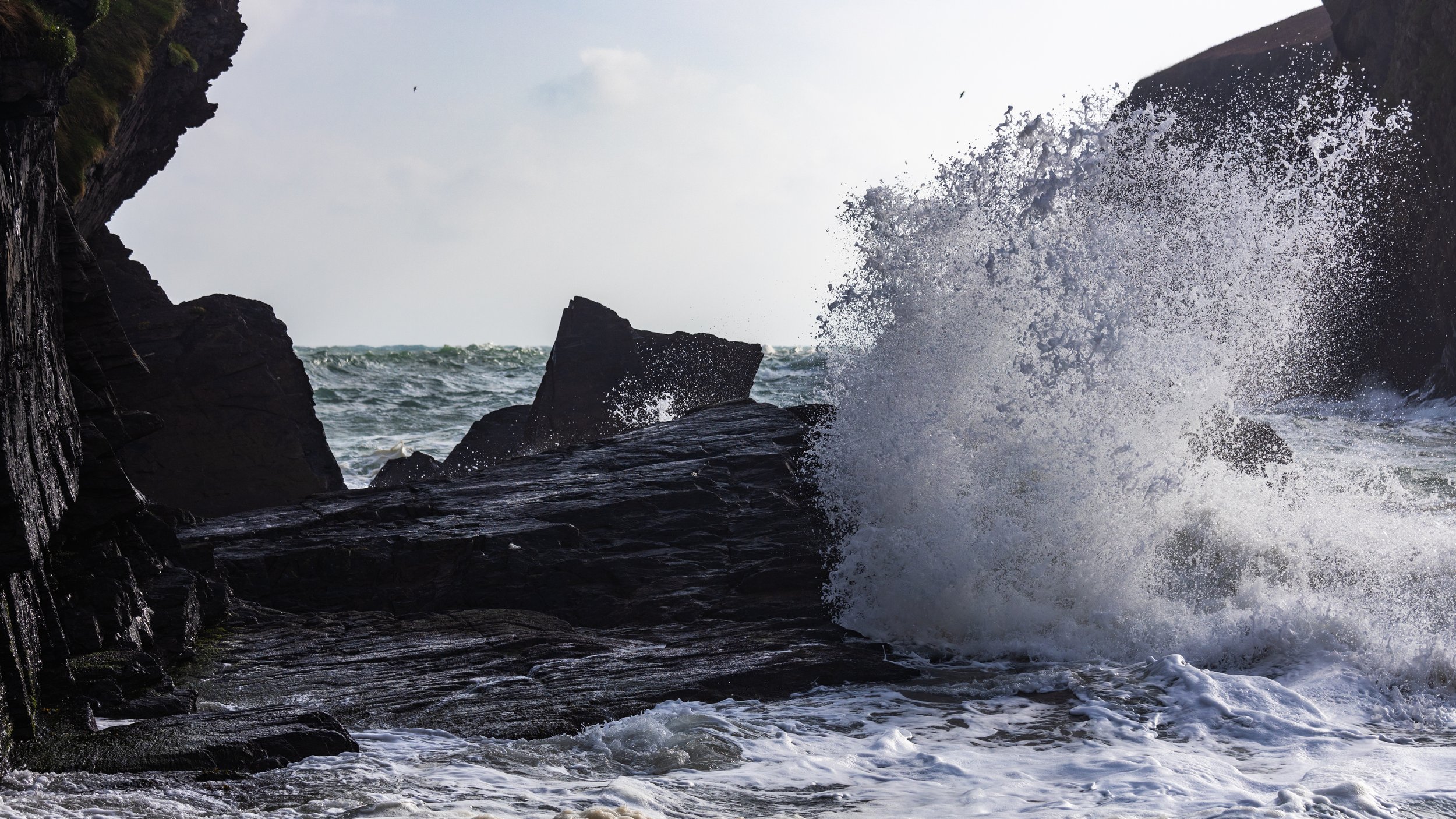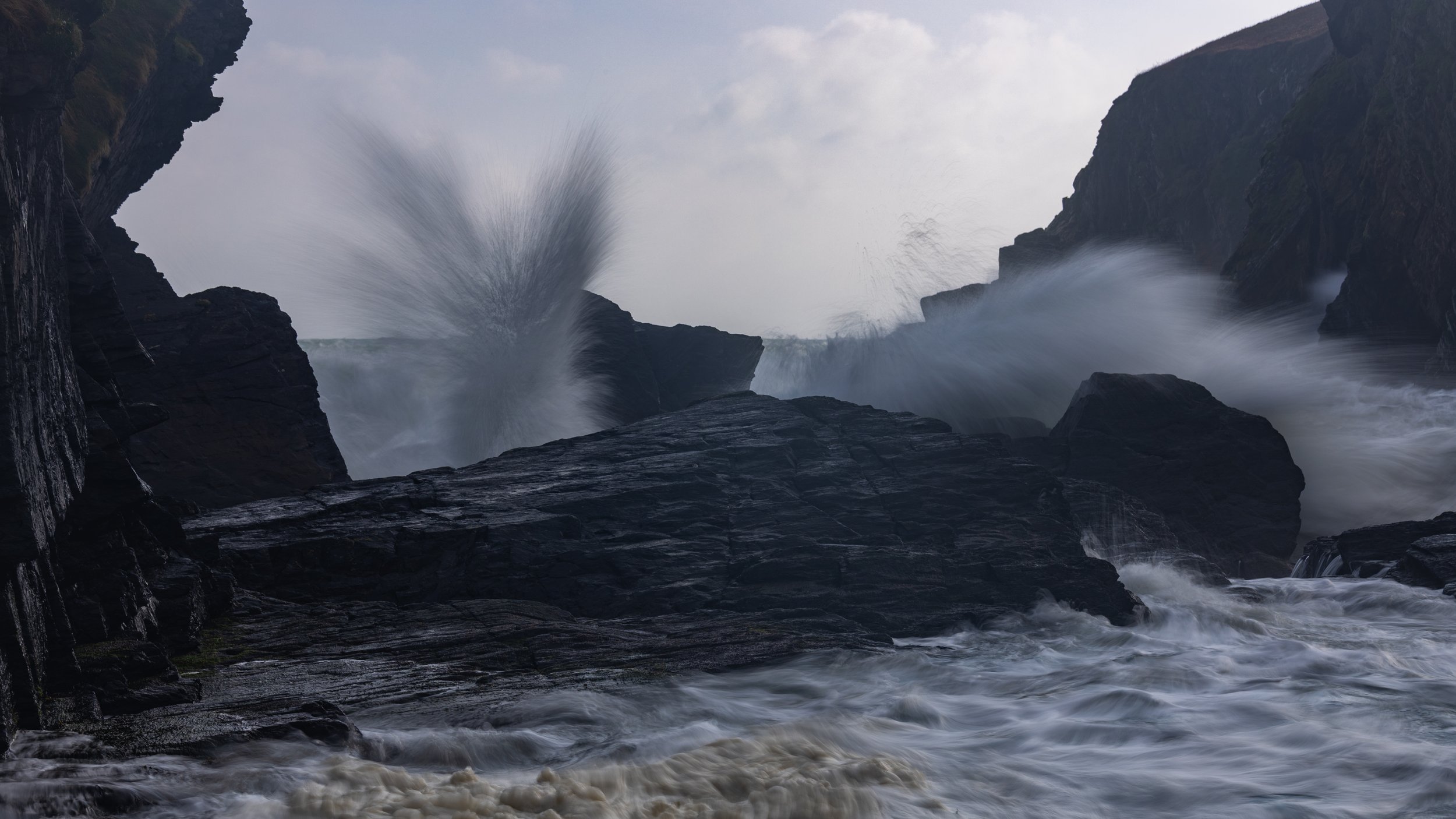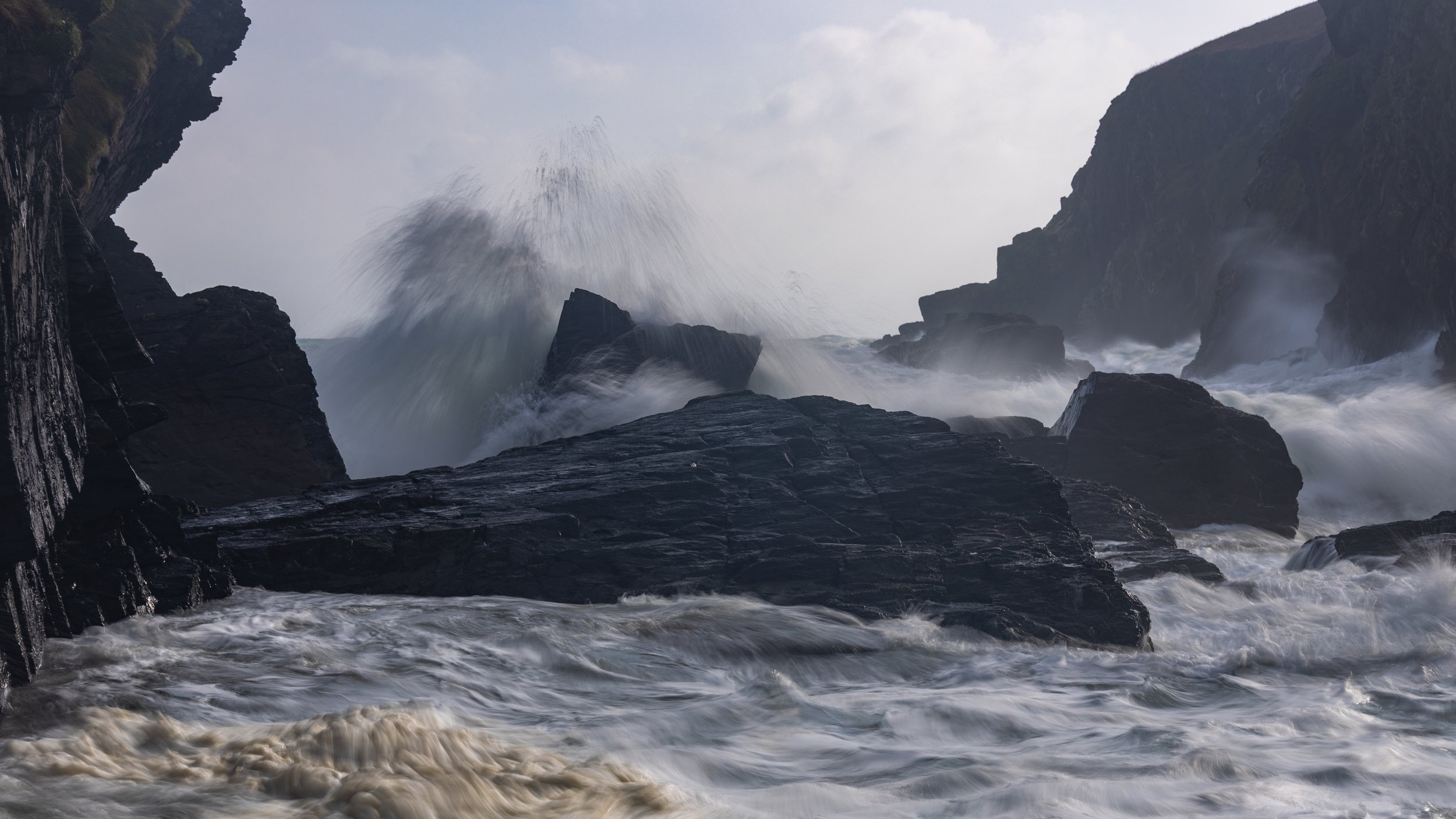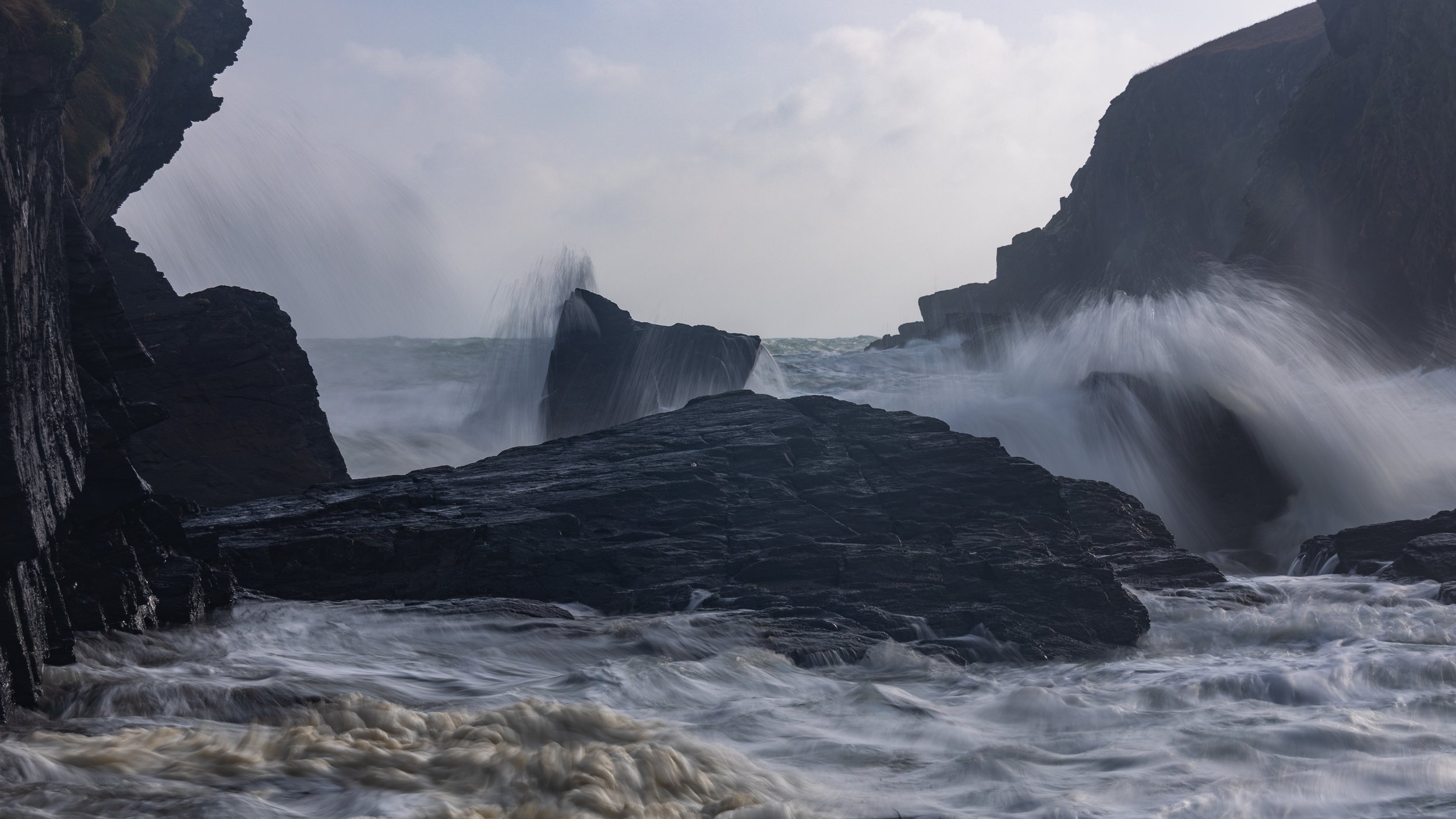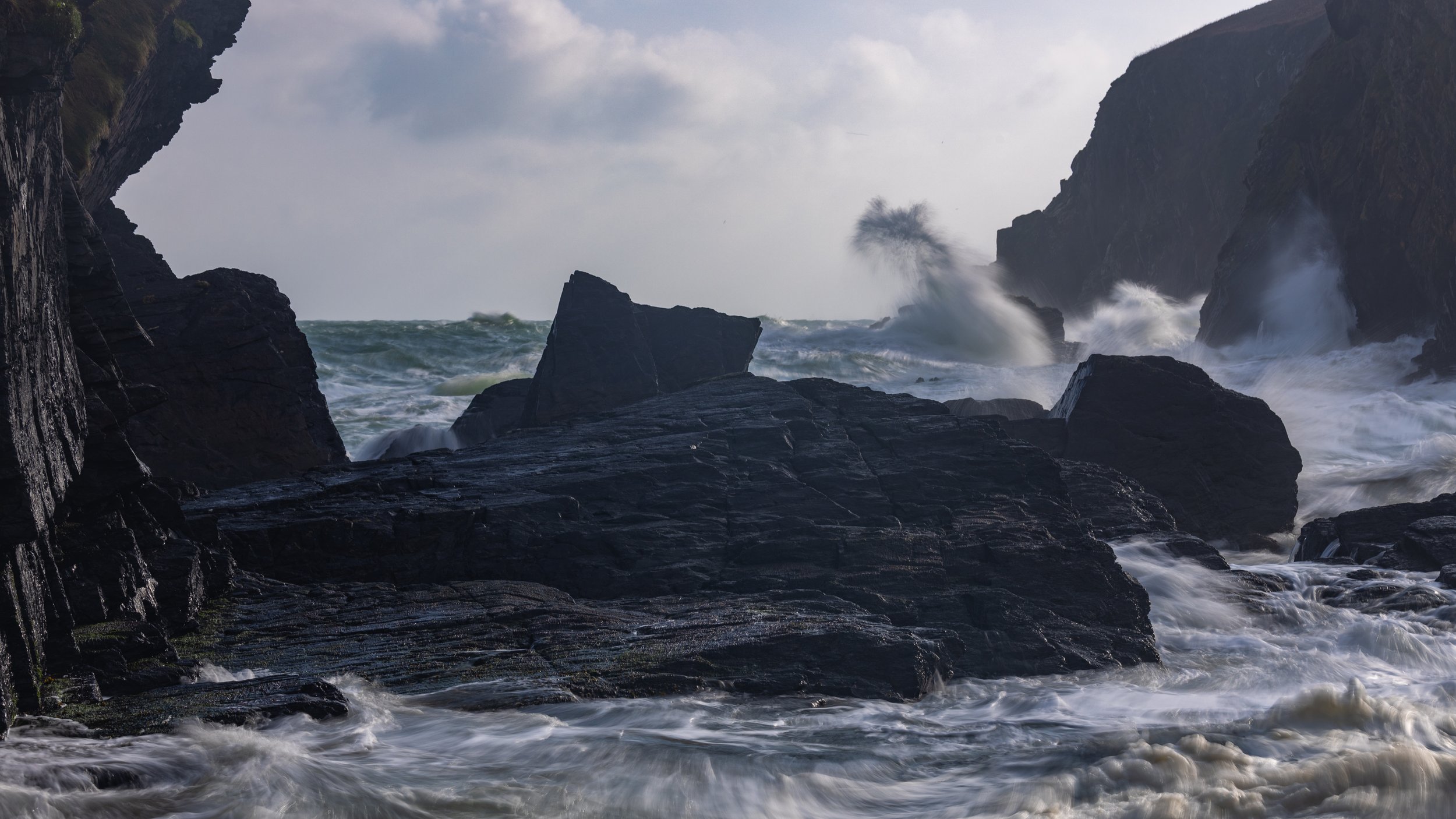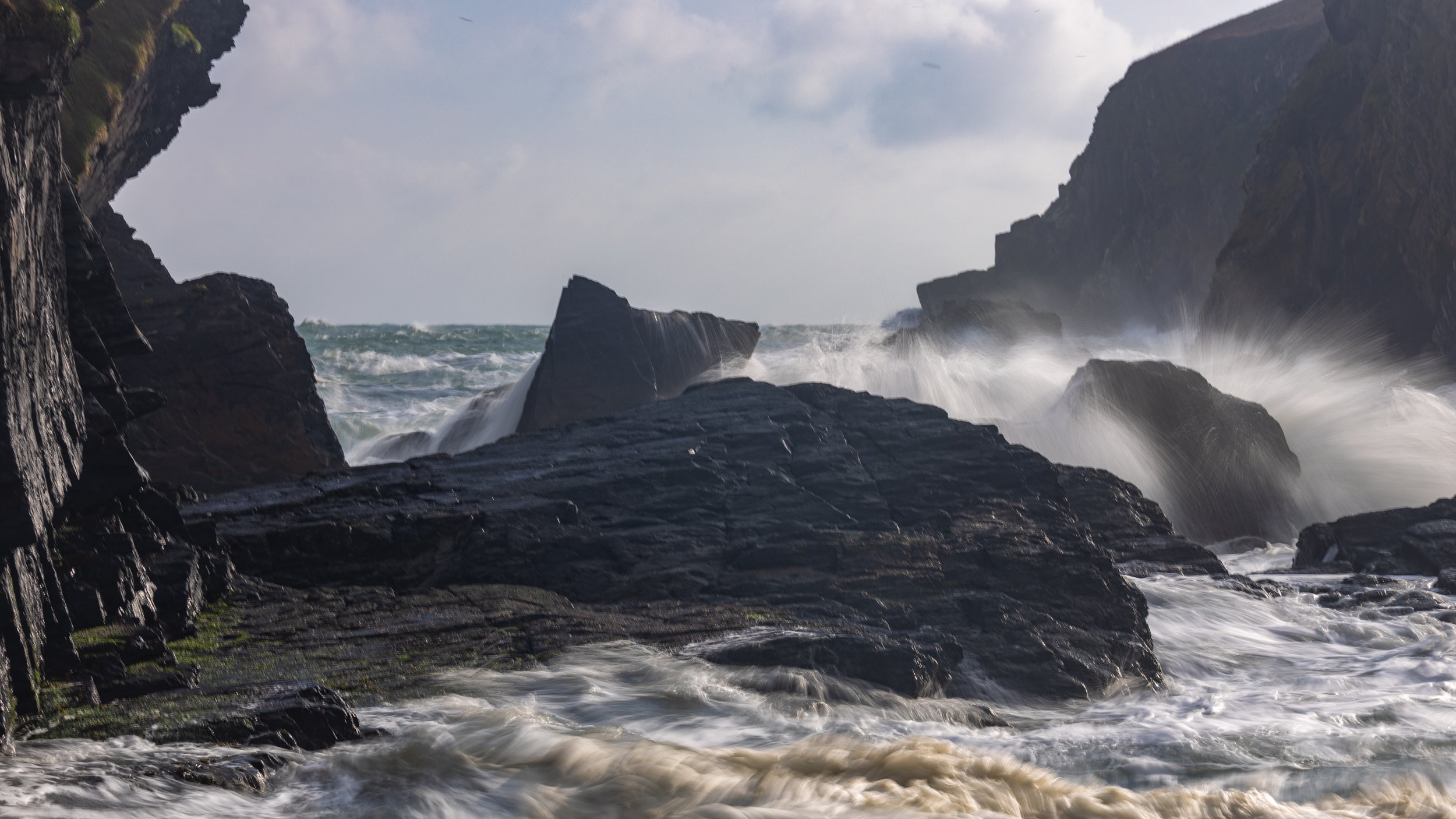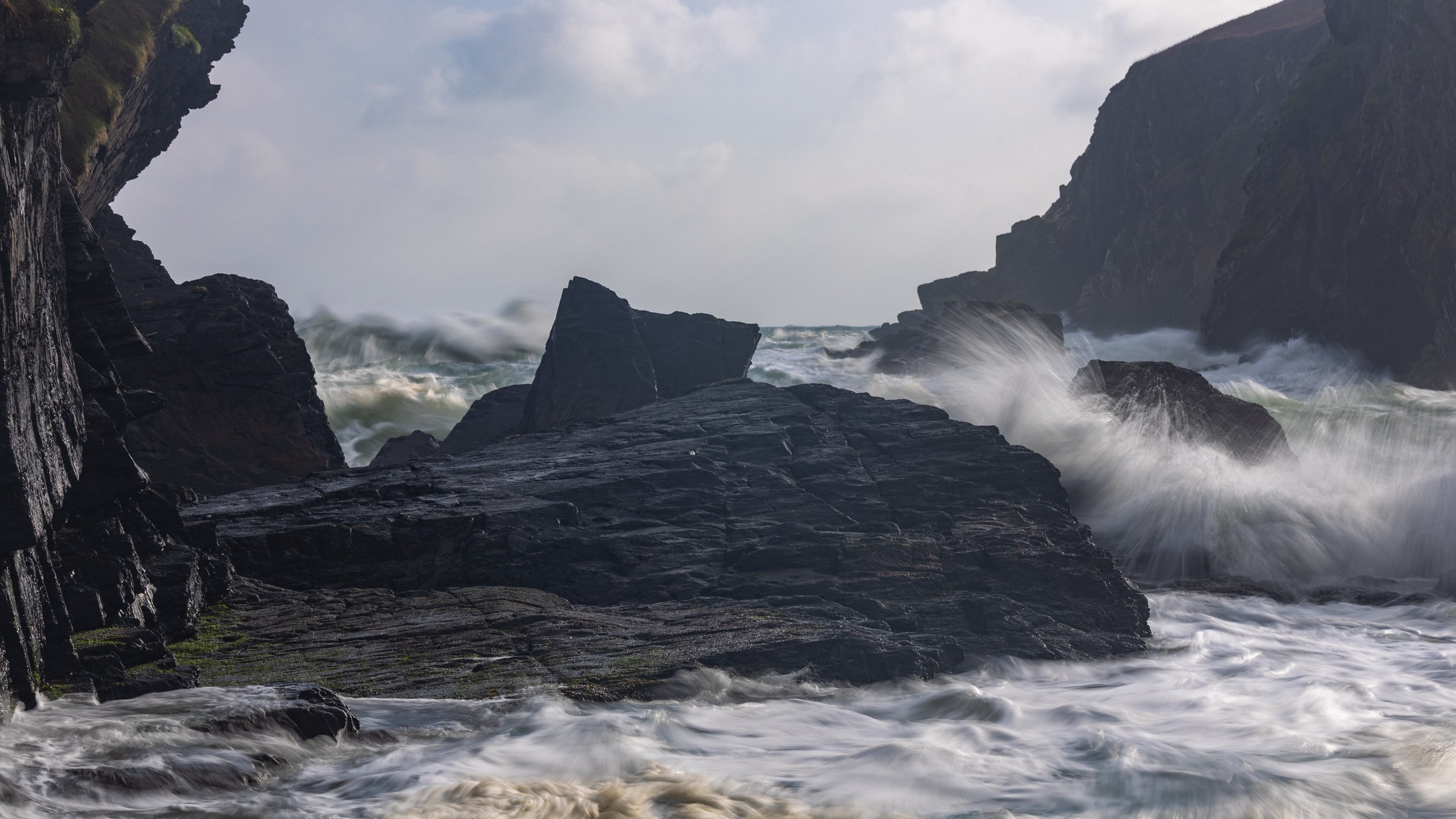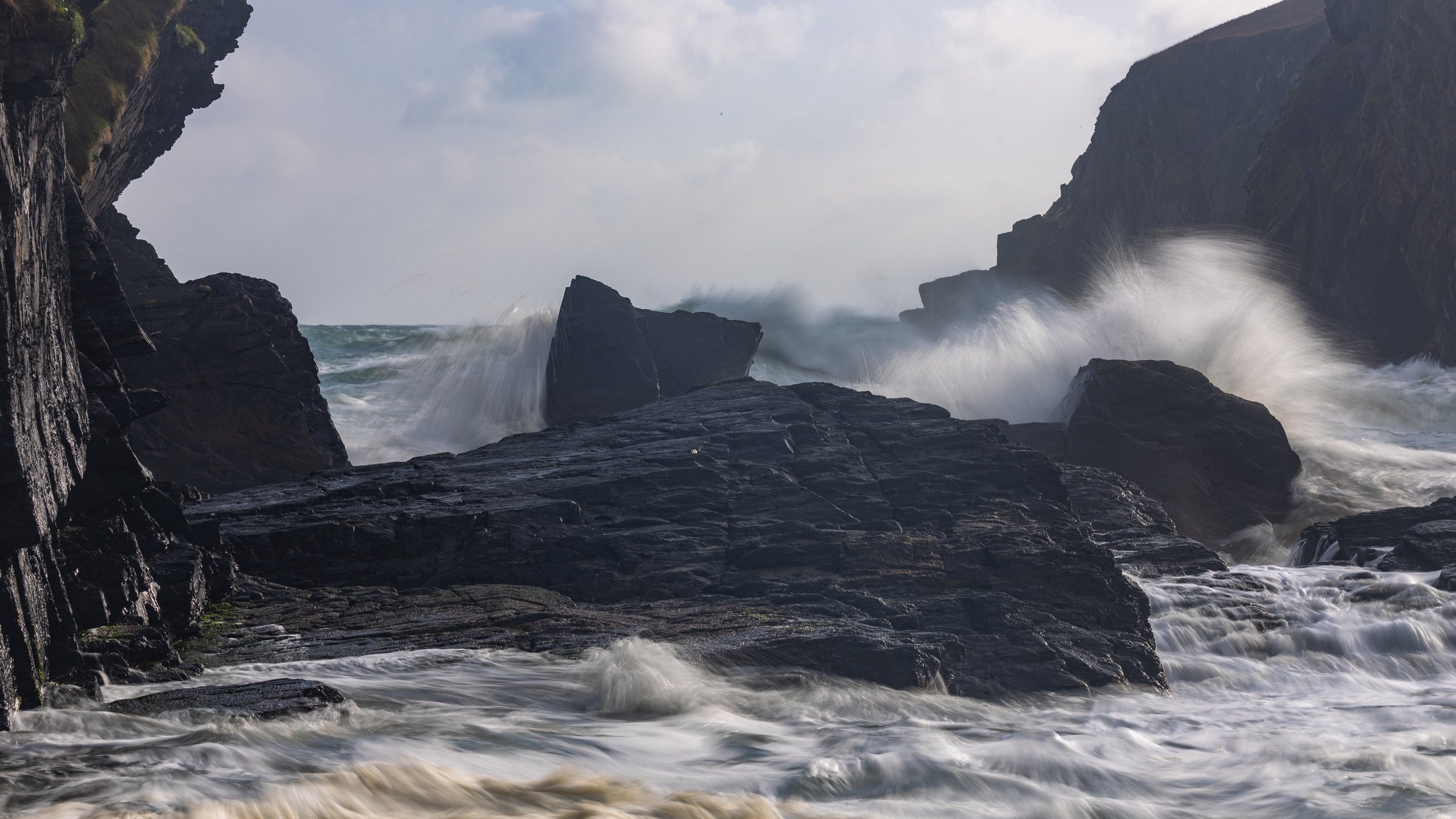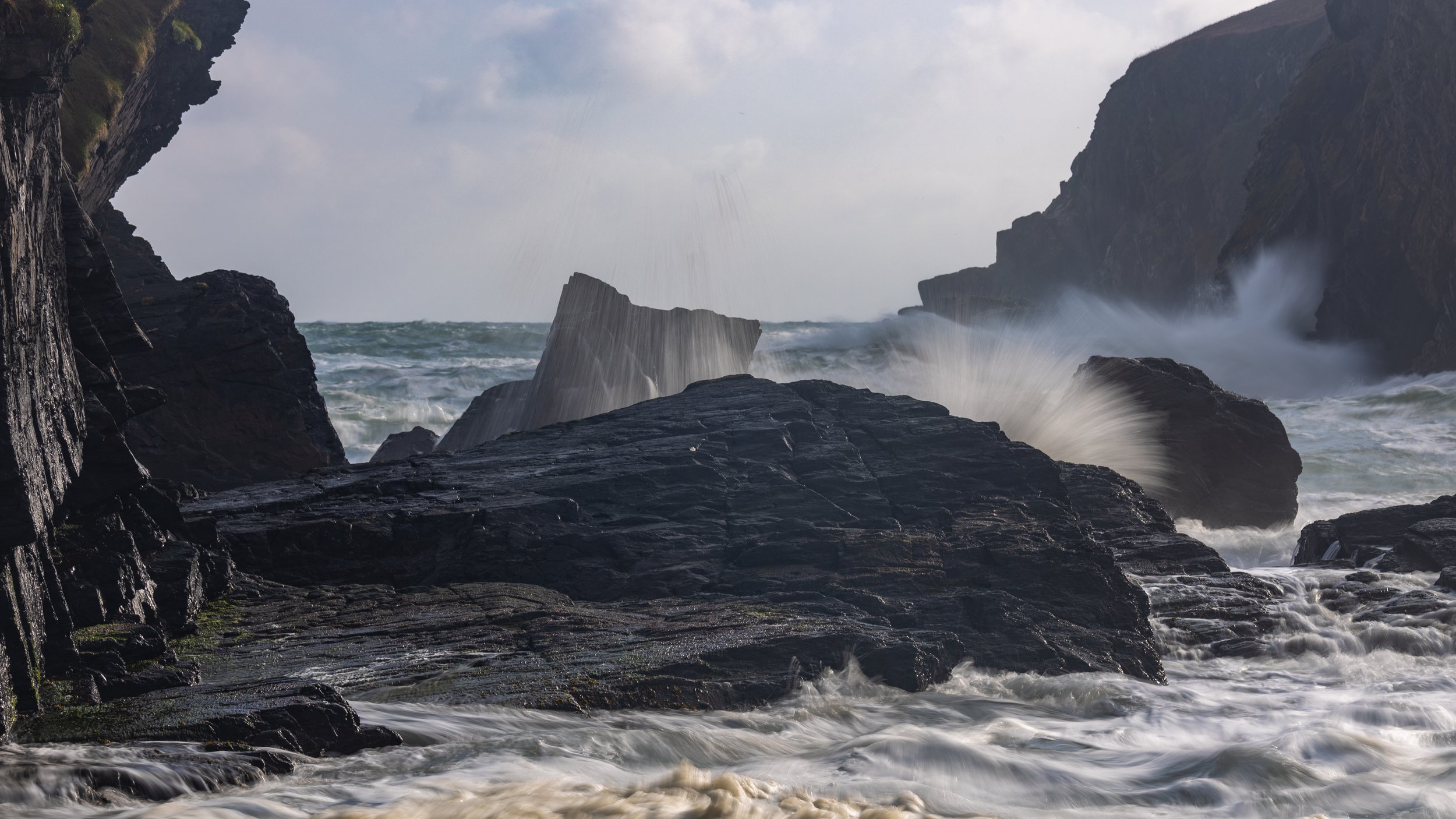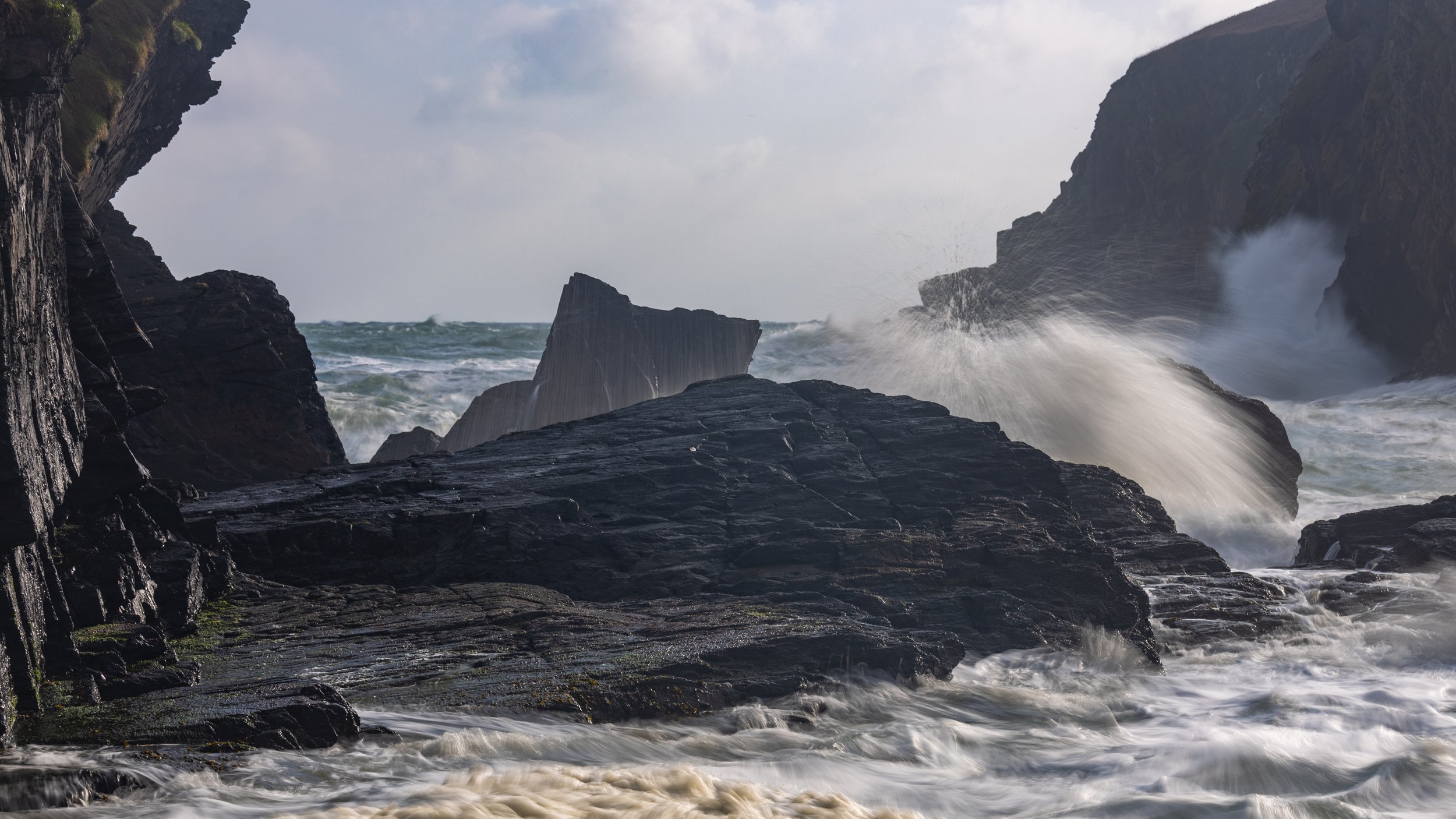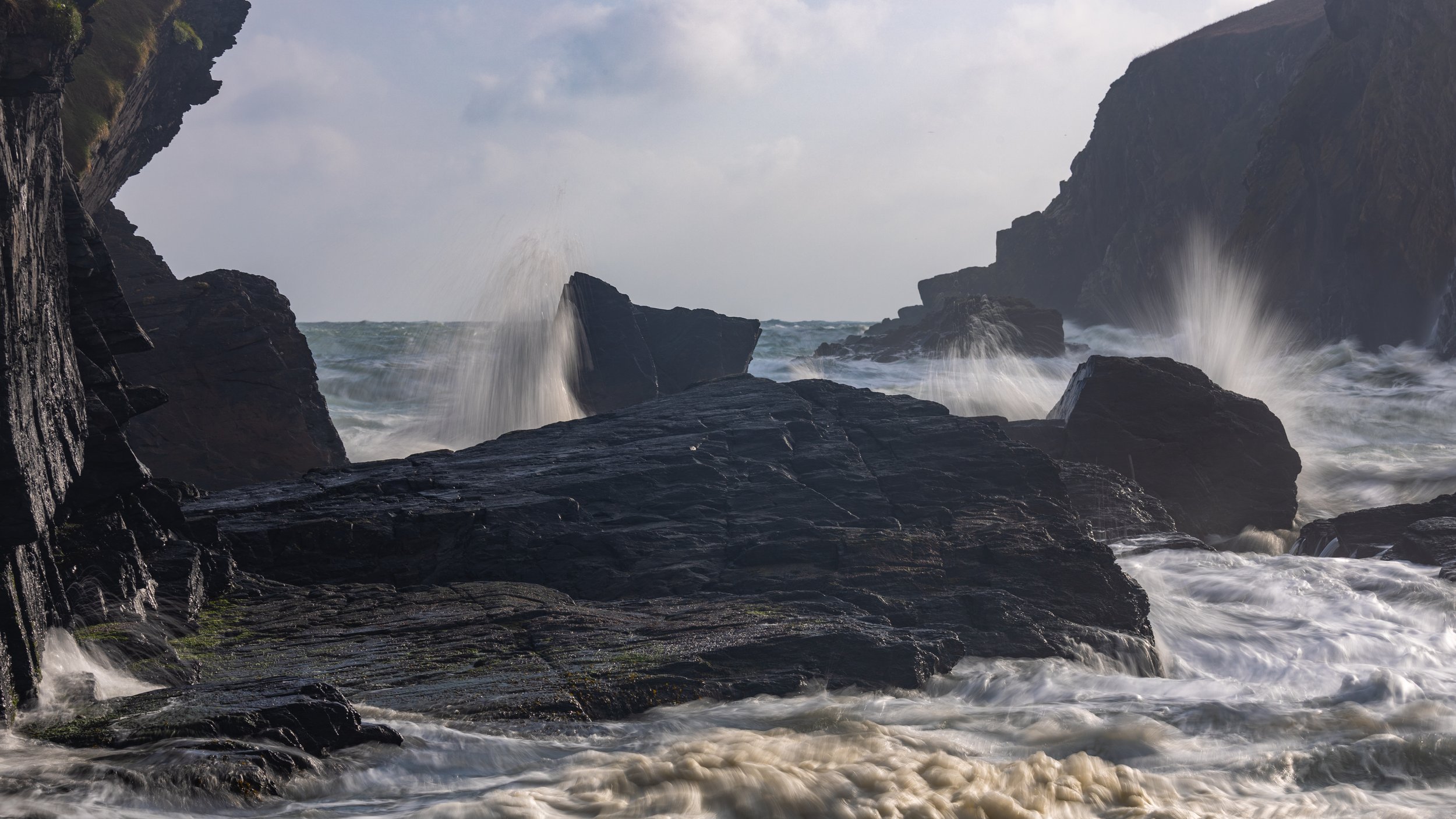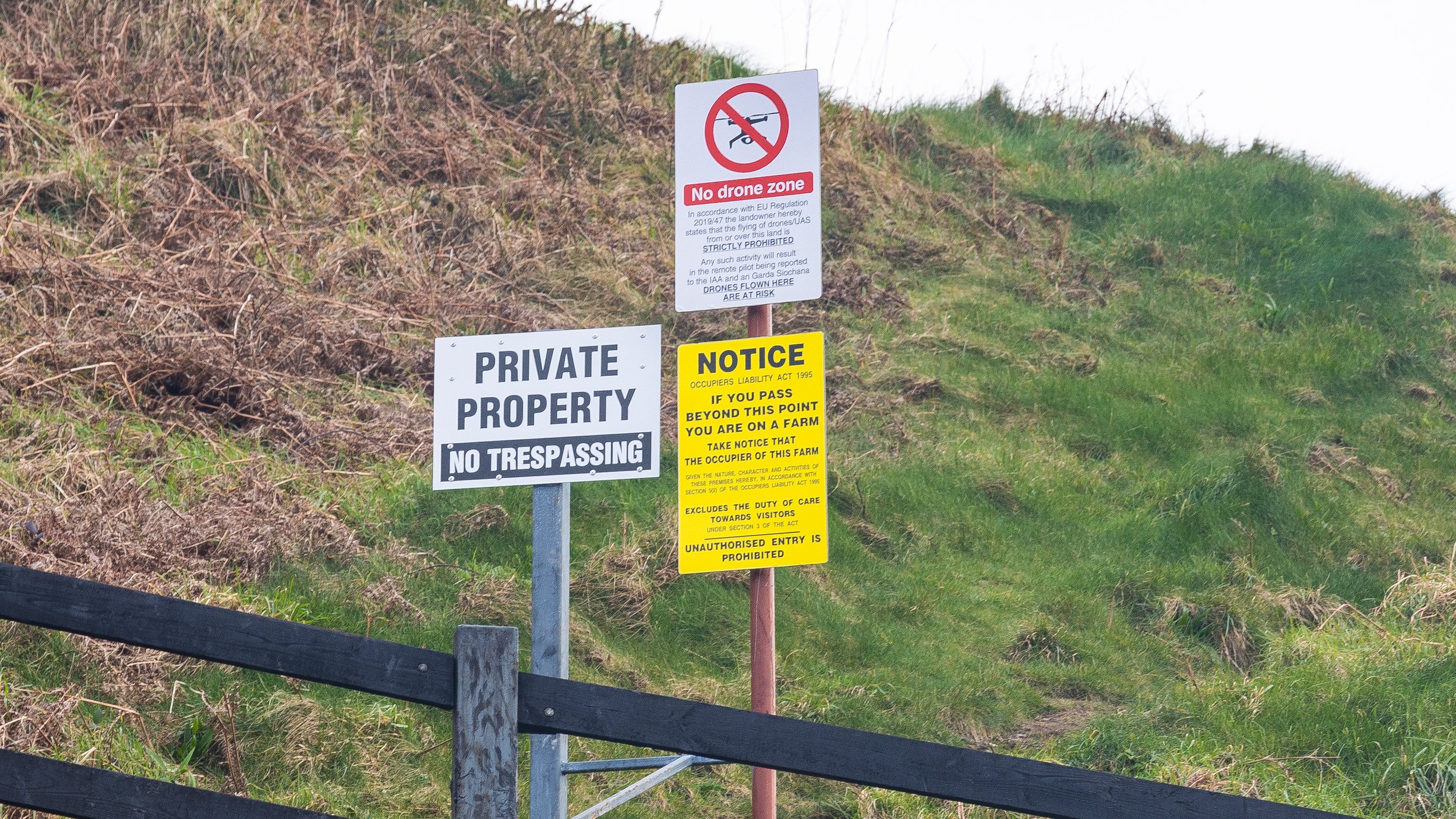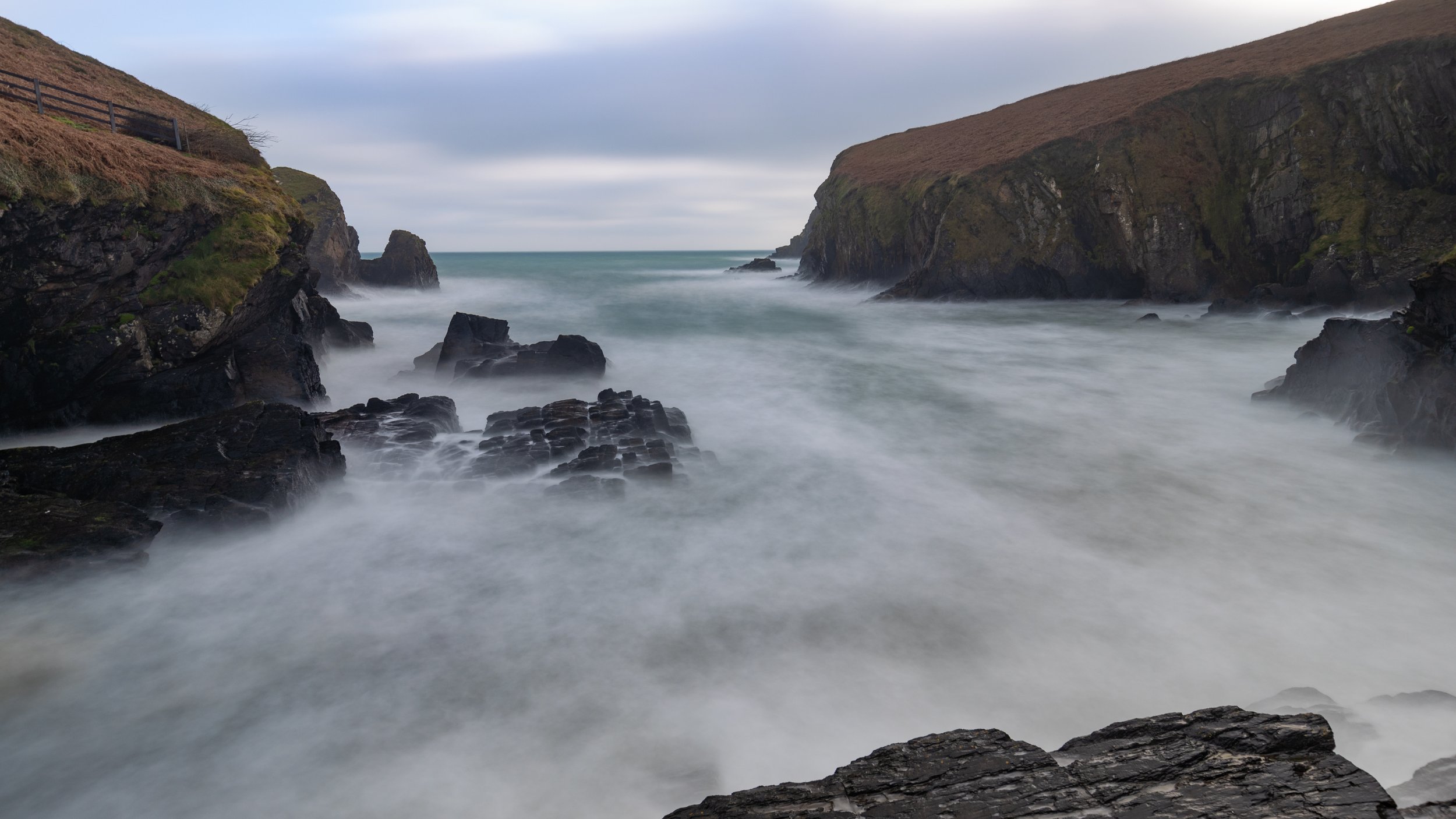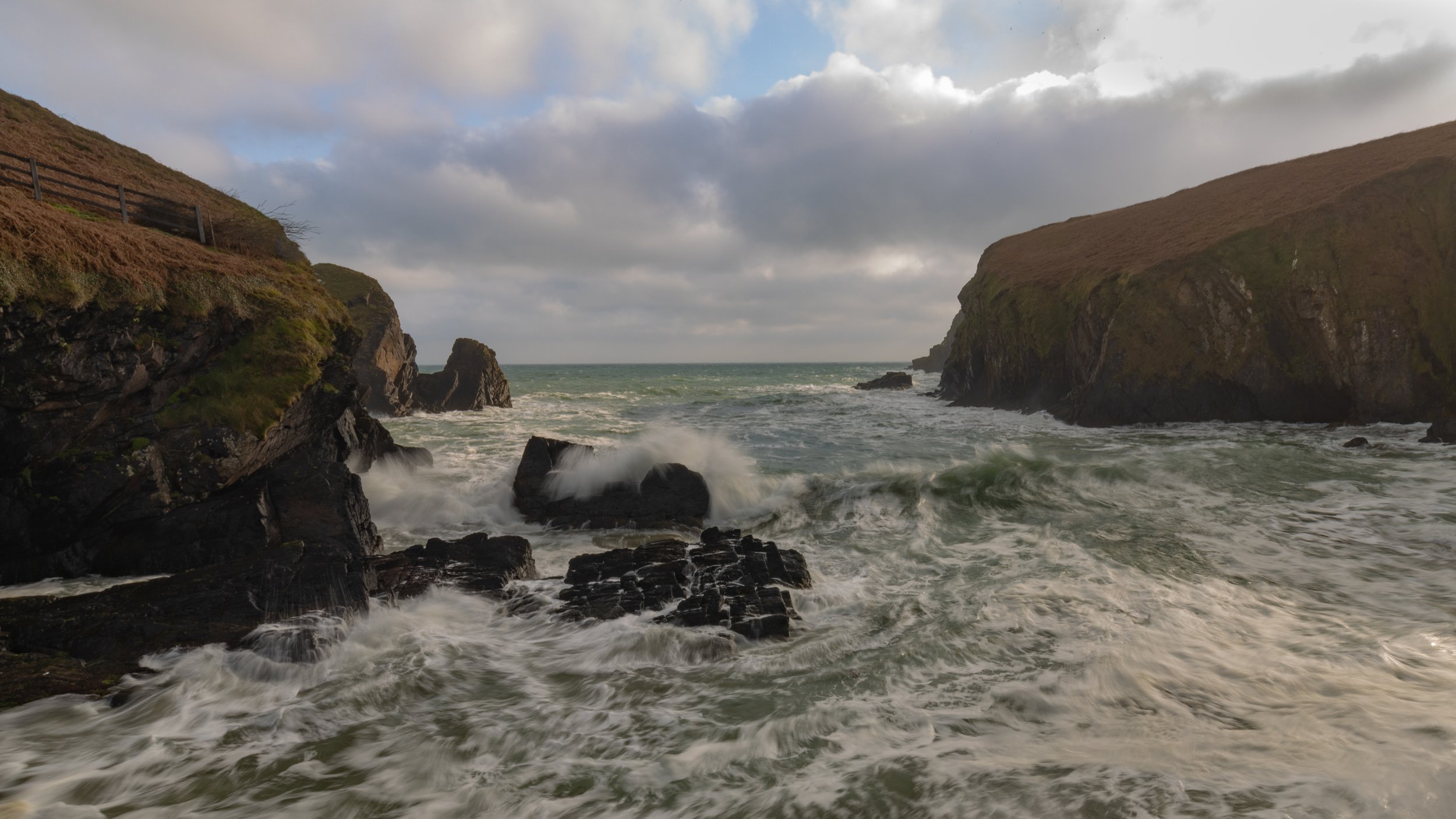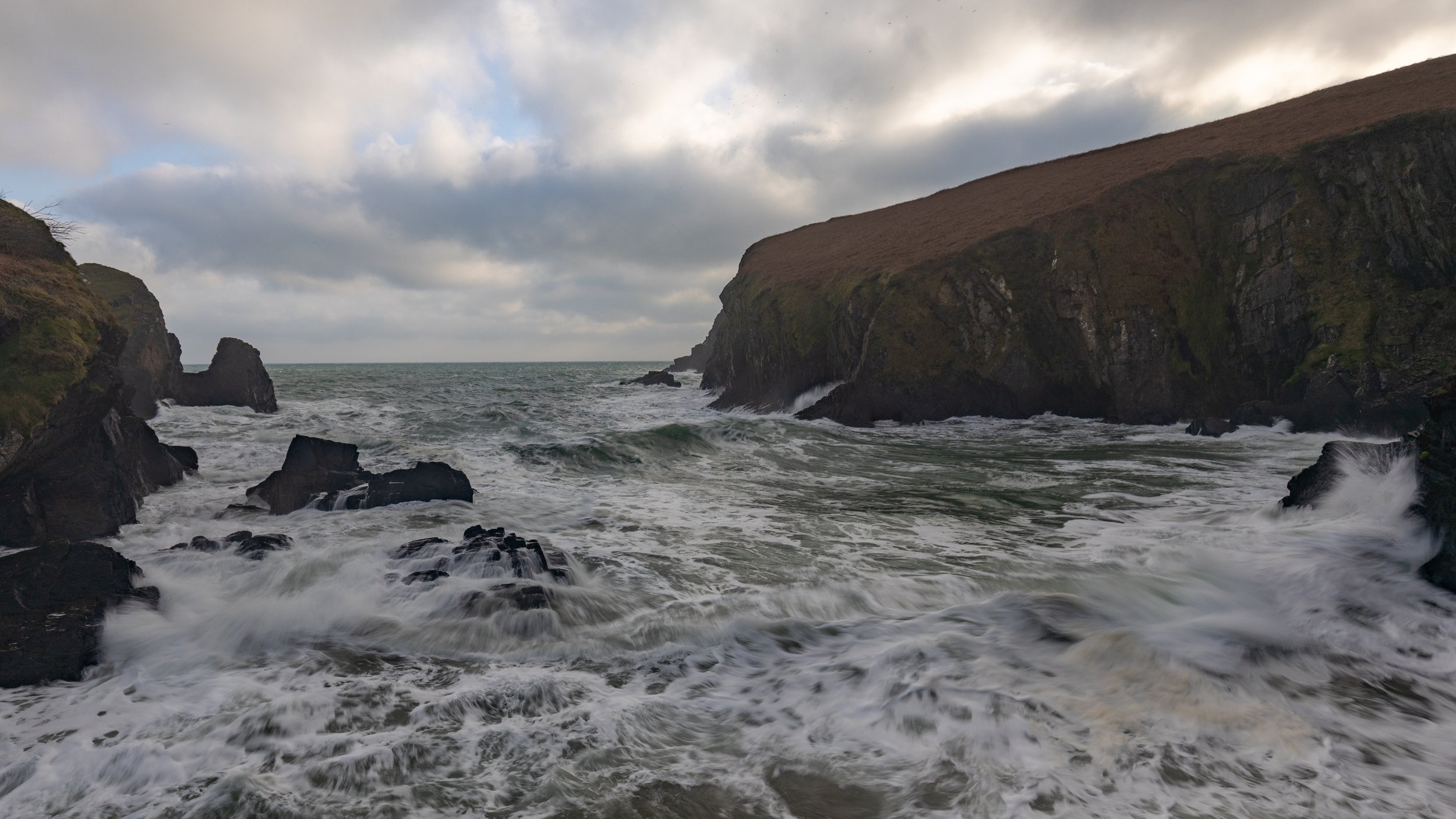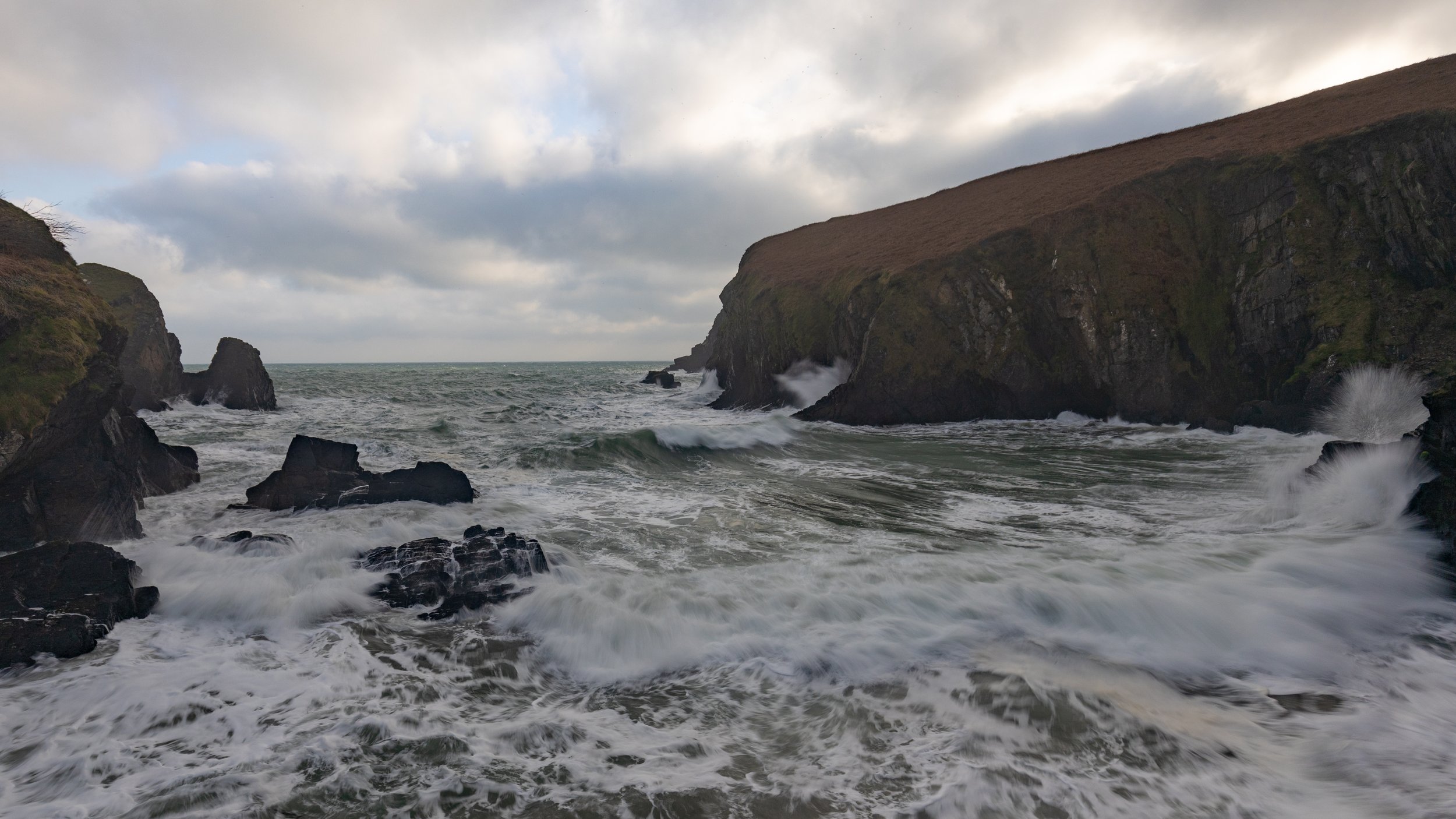Access Denied
There is a lesson for us all in this week’s narrative, and that is to take your shots while you can as you never know when you won’t be able to do it again. The example I share with you is one from a stunning and very popular coastal gem that lies off the coast of Cork, which has been photographed by many for years, however when I arrived recently to my dismay I found that access was closed off, and the farmer has put quite a substantial fence all around, with some very clear signs warning about not trespassing. This not only is a surprise but also a frustration, however for me I am lucky as I have shots from this viewpoint already, but others may not, so take my advice and get your shot while you can from whatever location you have planned to shoot as you never know when it will not be possible.
Now this unfortunate turn of events had a bonus point in the end, as I decided to head down to an area that generally I wouldn’t photograph, that area is the end of a slipway that leads into a stunning cove. However today it was going to be different as some fantastic waves were exploding on the rocks in front of me and the sky added to the drama of the scene. I quickly set up my camera to take full advantage of these conditions of the power and presence of these waves, it was immense.
My First shot was a vertical composition, using a small flowing stream that runs down the side of the slipway to my advantage and having it act as a leading line into the frame. I then waited for the waves to crash on the rocks as well as cascade right to my feet. The resulting images were a positive sign of how this shoot was to turn out.
Next, it was time to move slightly to try and take move of the cove in and also allow me to capture the scene to its full extent. Now there was a disadvantage here, in that I couldn’t see any of the sea stacks that were just off the coast, the position of the headland doesn’t allow these to be in the shot, so instead I opted to focus more on the textures and details of the ground below me, coupled with the dramatic wave action that was constantly coming towards me. The tide was coming in so U would need to be extra careful as these waves weren’t messing about, and could engulf my camera and mo of course at a moment. So it was down to the business of being fluid with my movements, waiting for the waves to explode before me and all the while being ready to retreat should a larger-than-normal wave decay to some washing in.
I took several different types of shots here, some at my preferred 0.5 sec and others at 1 second. I felt that the 1-second shots worked best as they allowed more time for the water to flow around in my frame. Looking at the back of the camera at the shots I was excited by what I was seeing, however, one thing that struck me was that the static elements, that being the rocks and the cliffs were very strong in my eye, so next it was time to go for a long exposure to allow the water to flow all around and maintain the stoic of the fixed elements in the scene. The resulting image was exactly what this scene needed, however, one word of advice is to constantly clean your lens, not only from wave splashes but also from the constant barrage of mist that was coming off each of the waves as they arrived on shore and the wind took the particles.
Next, it was time to mix things up and swap out my long lens, a lens that I said at the beginning of the year I was going to try and use more, and the power and presence of the waves against the jagged rocks lent well to some closer frames, to try and freeze the water droplets as they spill over the rocks. Helping me during this time was the sun as the clouds broke allowing a brief moment for light to cascade into the scene, which meant I was now able to get a faster shutter speed and freeze those droplets.
One of the challenges I had today was the constant presence of sea form, a result of tumultuous seas turning up the water, this sea form didn’t add to my images plus when the wind would arrive it would grab chunks of it and send them into a spiral in front of me, I could avoid them, however, for my long lens shots I was able to minimise their presence in my shots.
Next, it was time to mix it up again, and go for some slower shutter speeds, not as slow as a long exposure but slow enough to allow the water to have some movement when I hit the shutter. I popped my camera on its tripod to help with this exercise and then waited for the next wave to explode over the rocks. These images worked well I felt and they conveyed the motion and power that each wave was bringing with it.
Now as I said at the beginning I was annoyed that I couldn’t go up to the normal viewpoint, so instead I opted to cross that small stream and head over to see if I could get a shot of the cove below me and perhaps a glimpse of one of those Seastacks, unfortunately, I won’t able to do that but what I was able to do is see the power of the waves as they crashed below me and even went up to just below where I was standing. Some quick shots here and I was done, happy at the end that I had pushed on through to find some different Compton as the conditions lent themselves perfectly for it.
As I left this area, I couldn’t help but think about all of the people that will come in years to come and not be able to see those impressive stacks, and why it was insect closed off. So my message at the end is the same as the beginning, get your shot while you can from whatever location you have planned to shoot as you never know when it will not be possible.
You can view the images I captured from this shoot below and I’d love for you to join me on the video of the adventure so you can experience the power and drama that I did on that day.
Thanks for reading & your continued support
All the best
Darren




